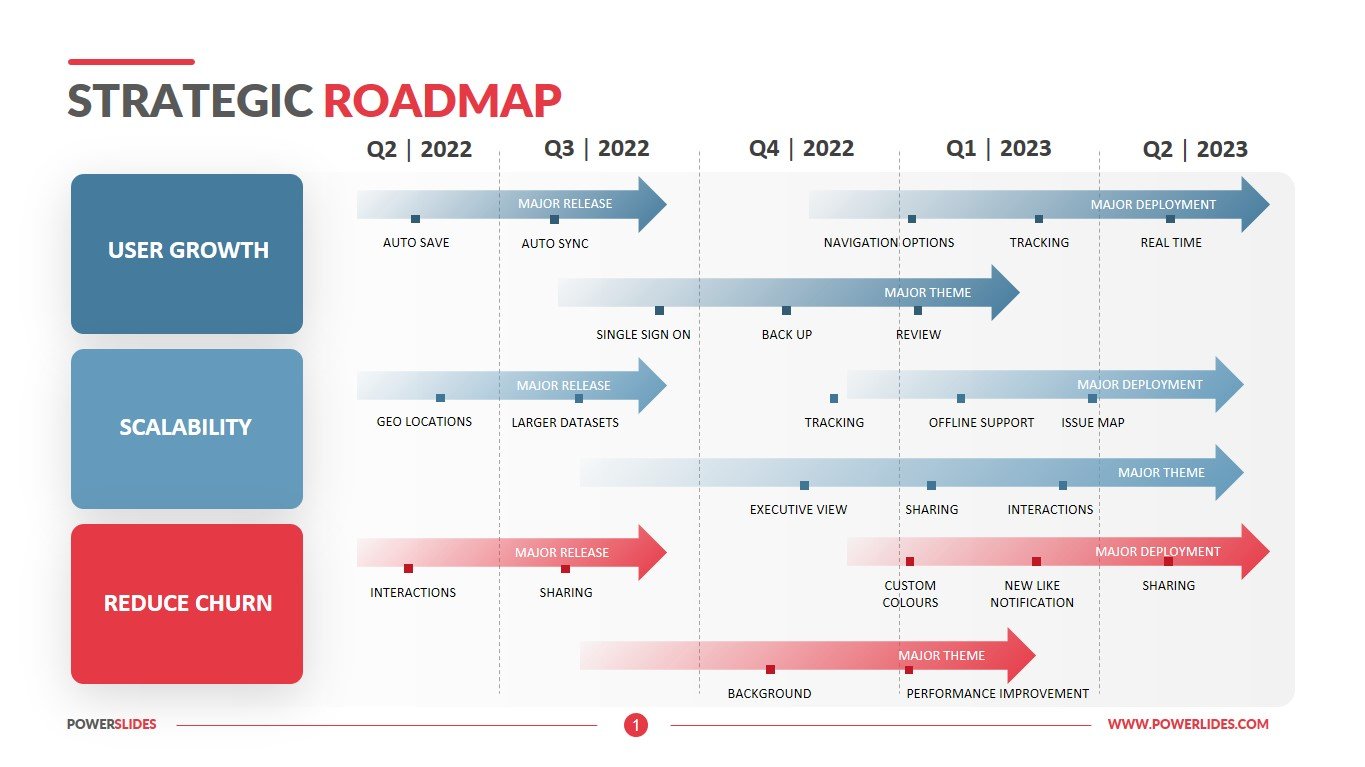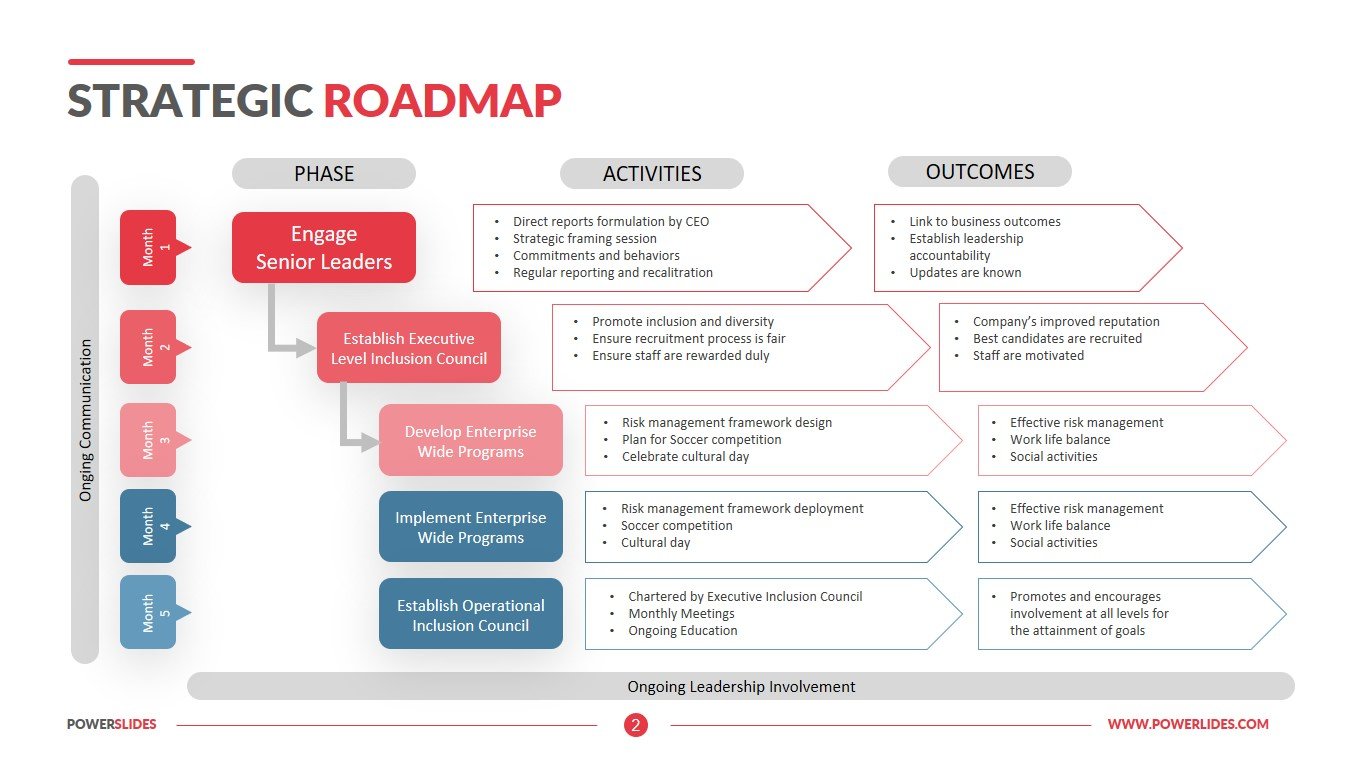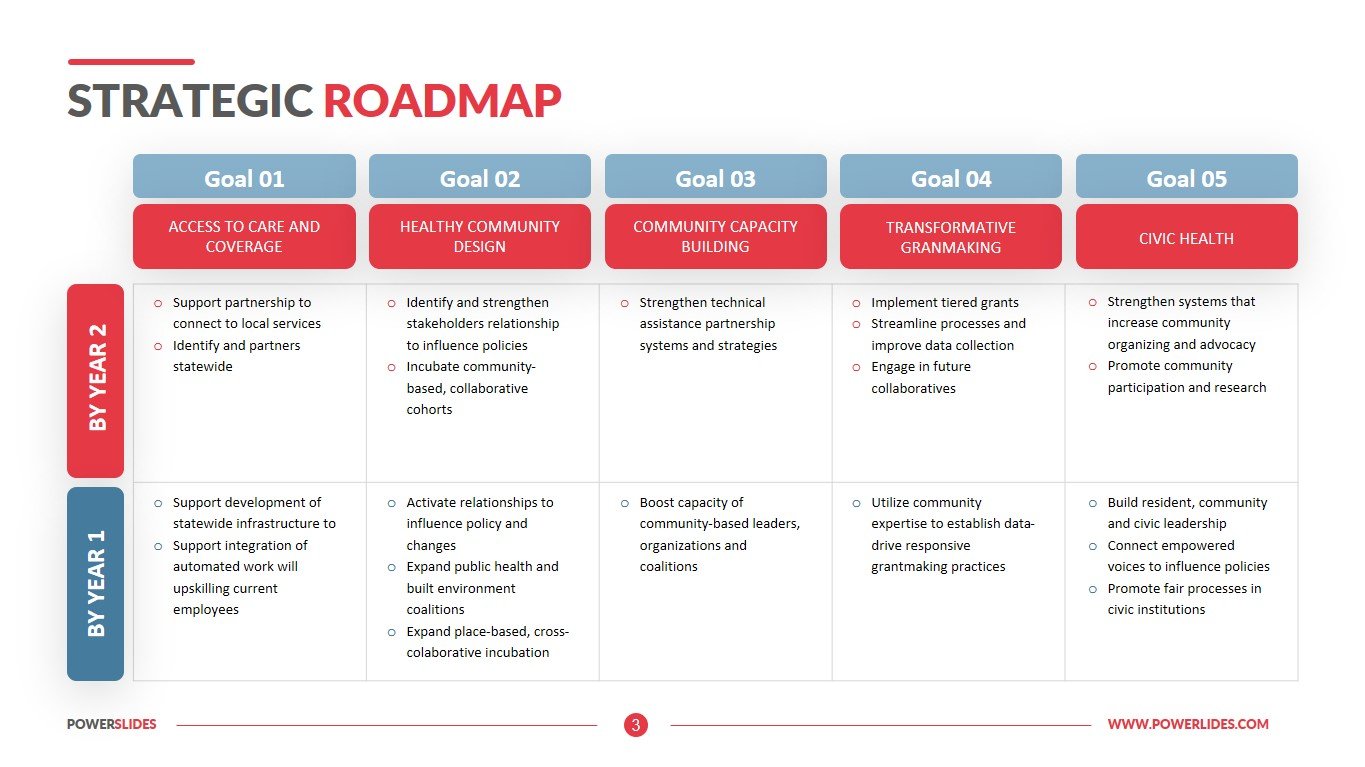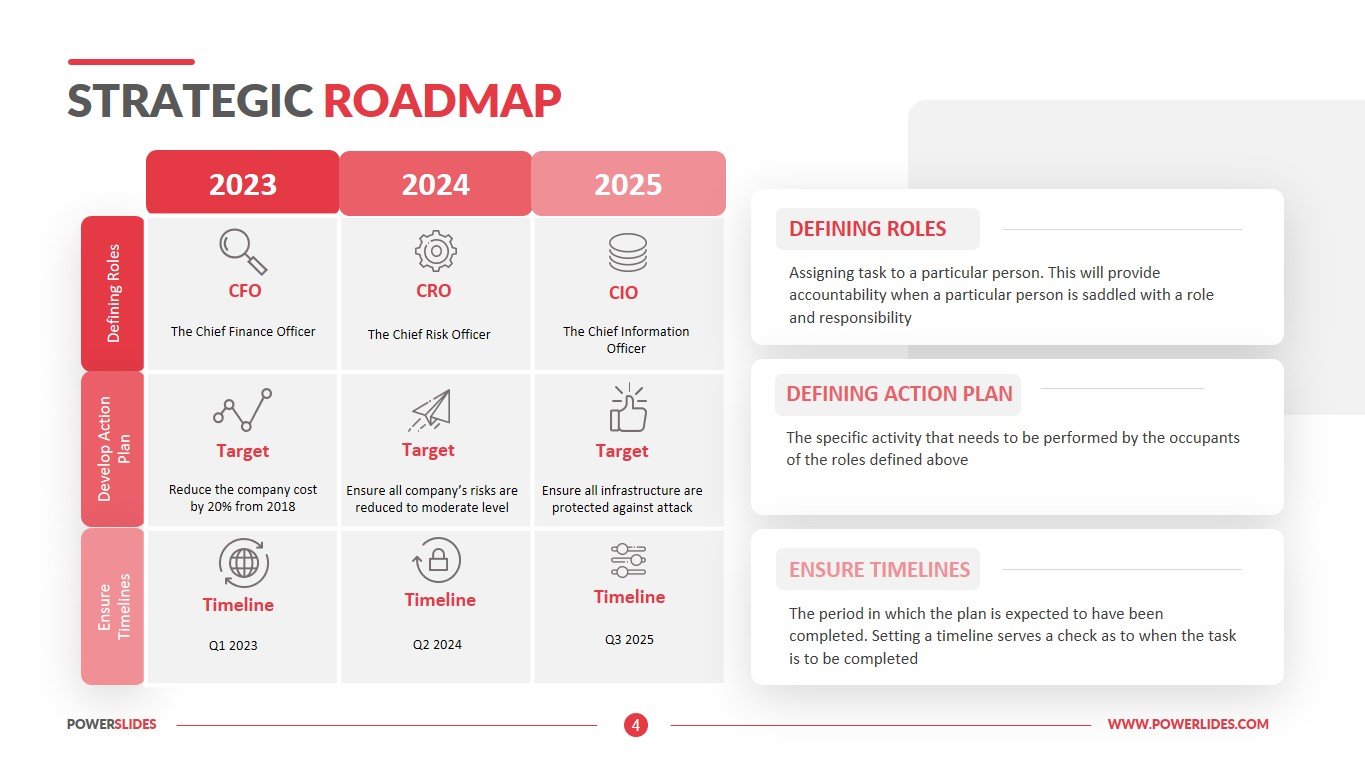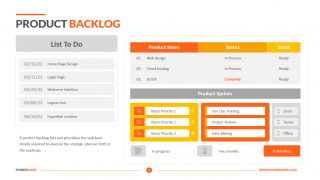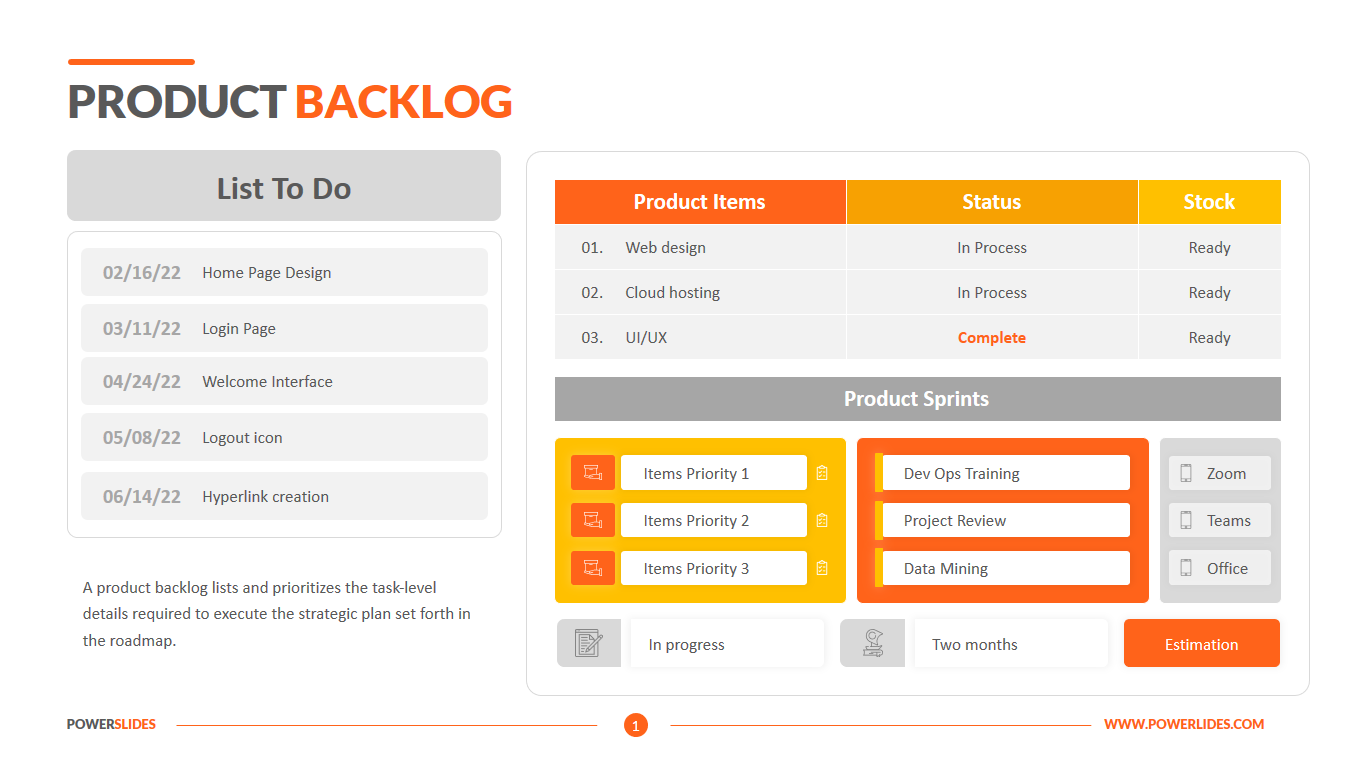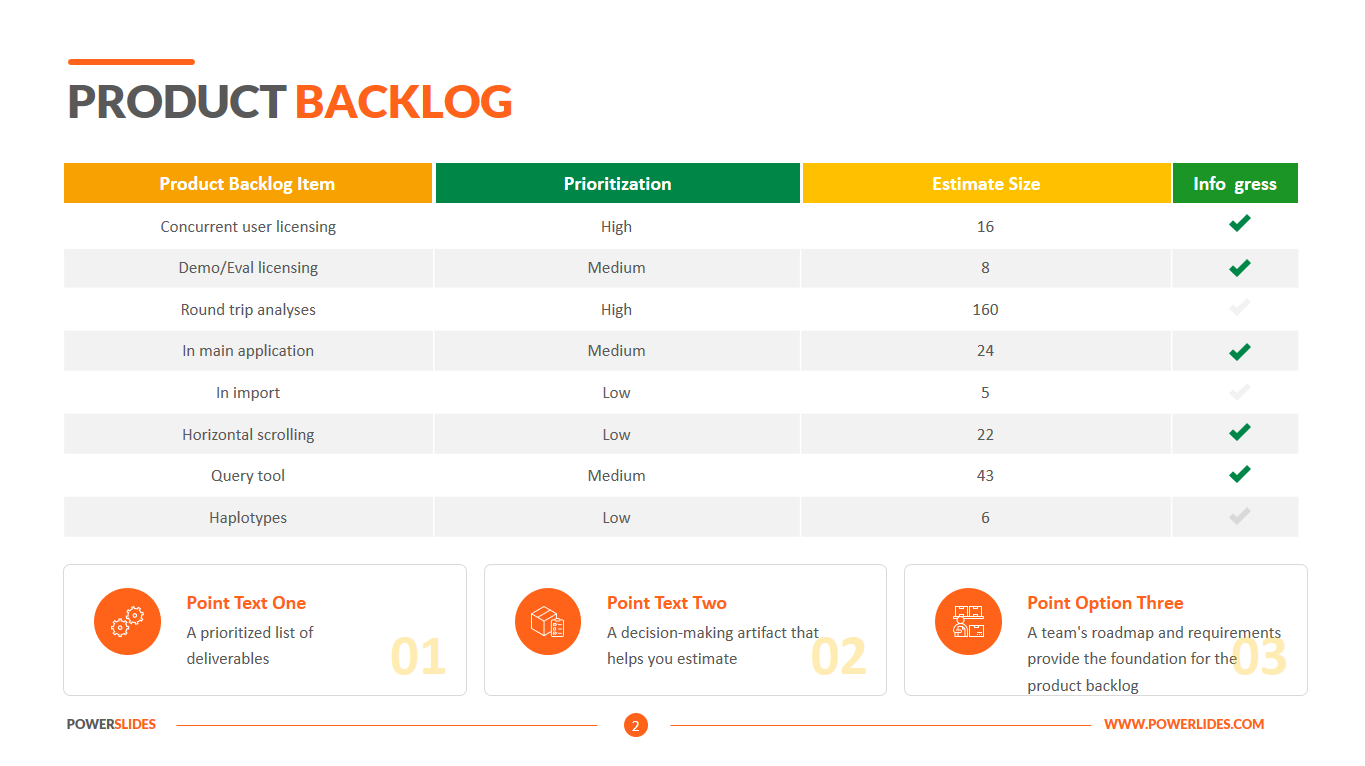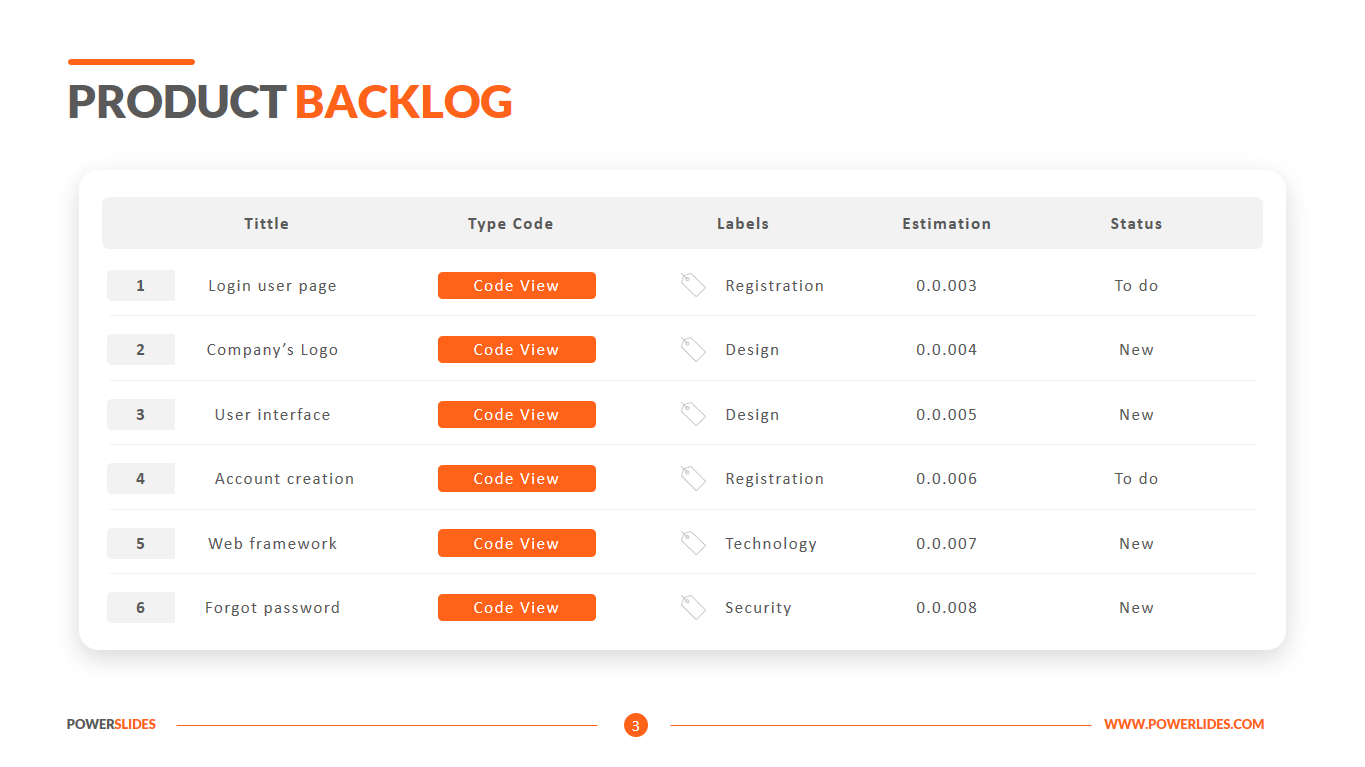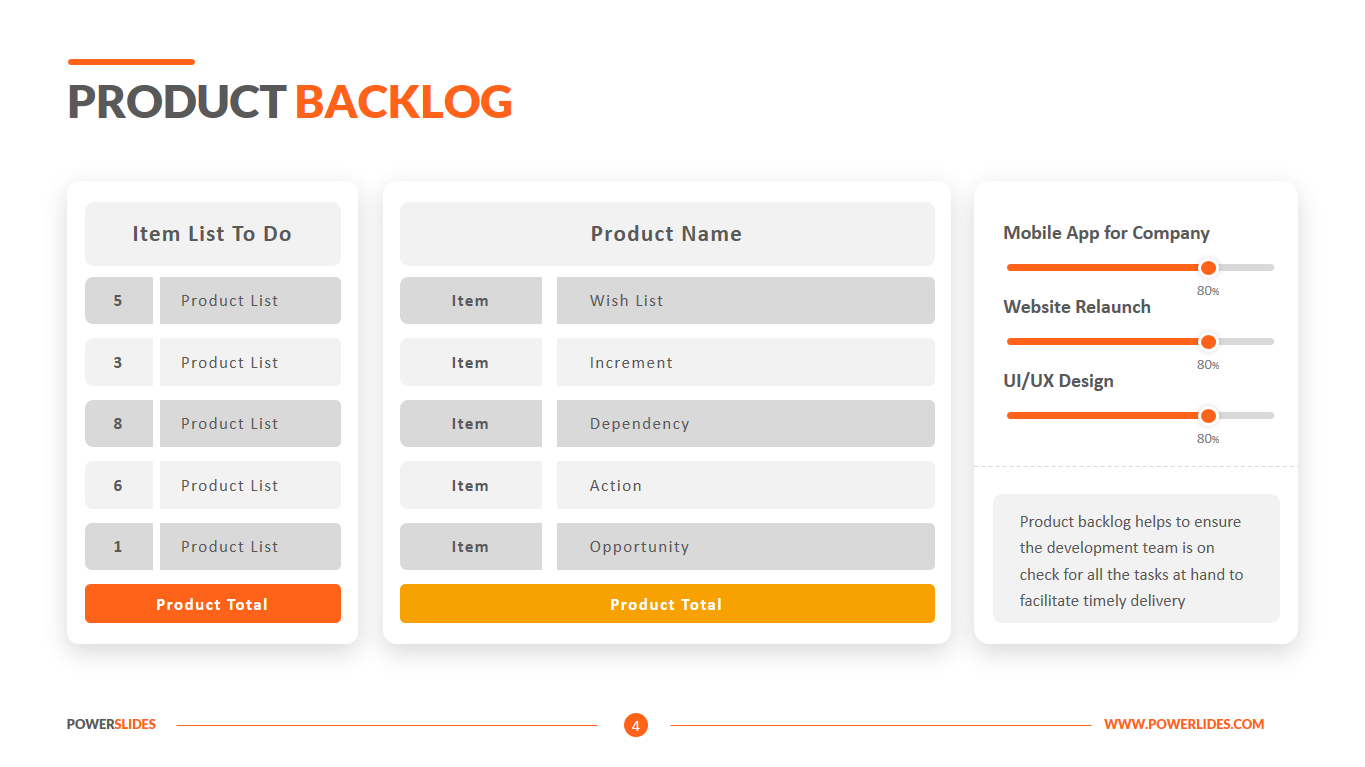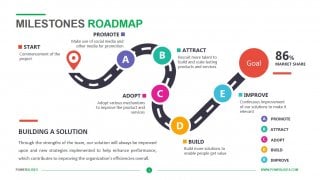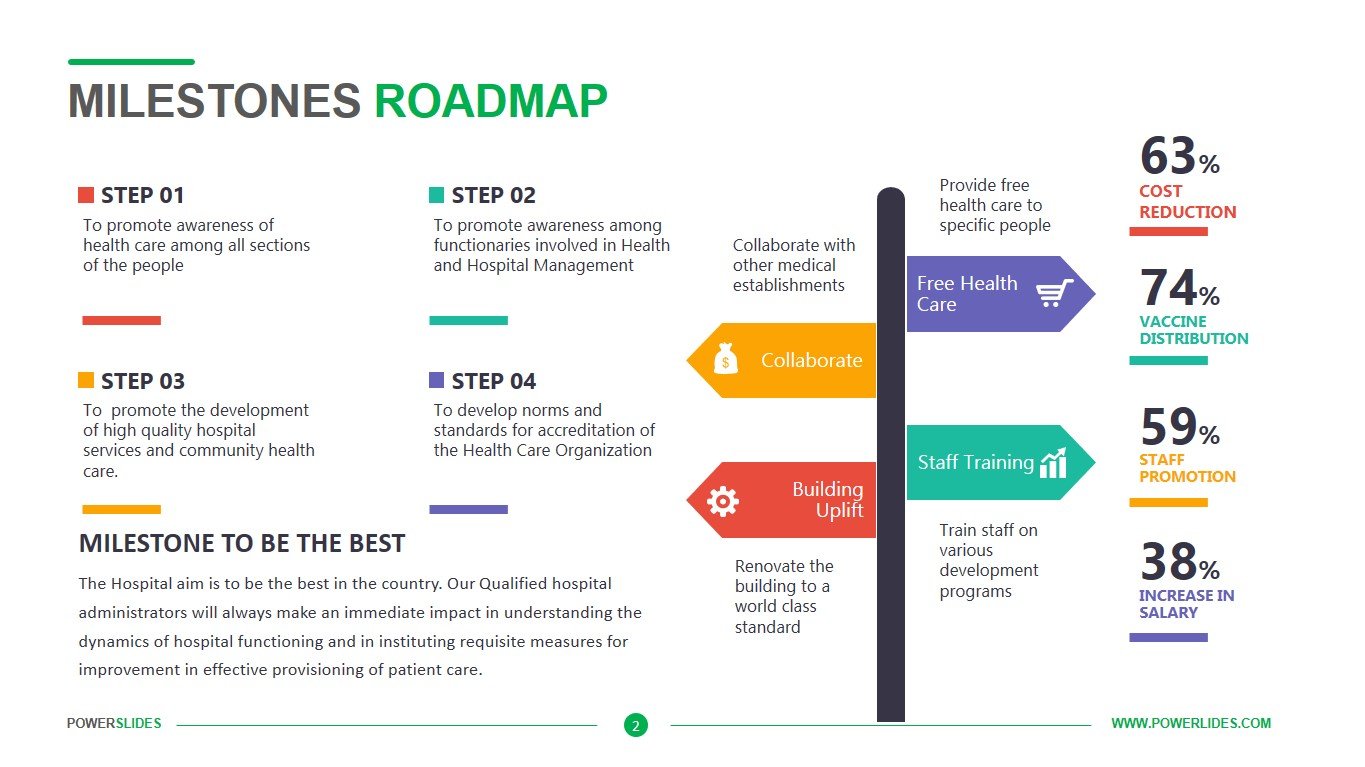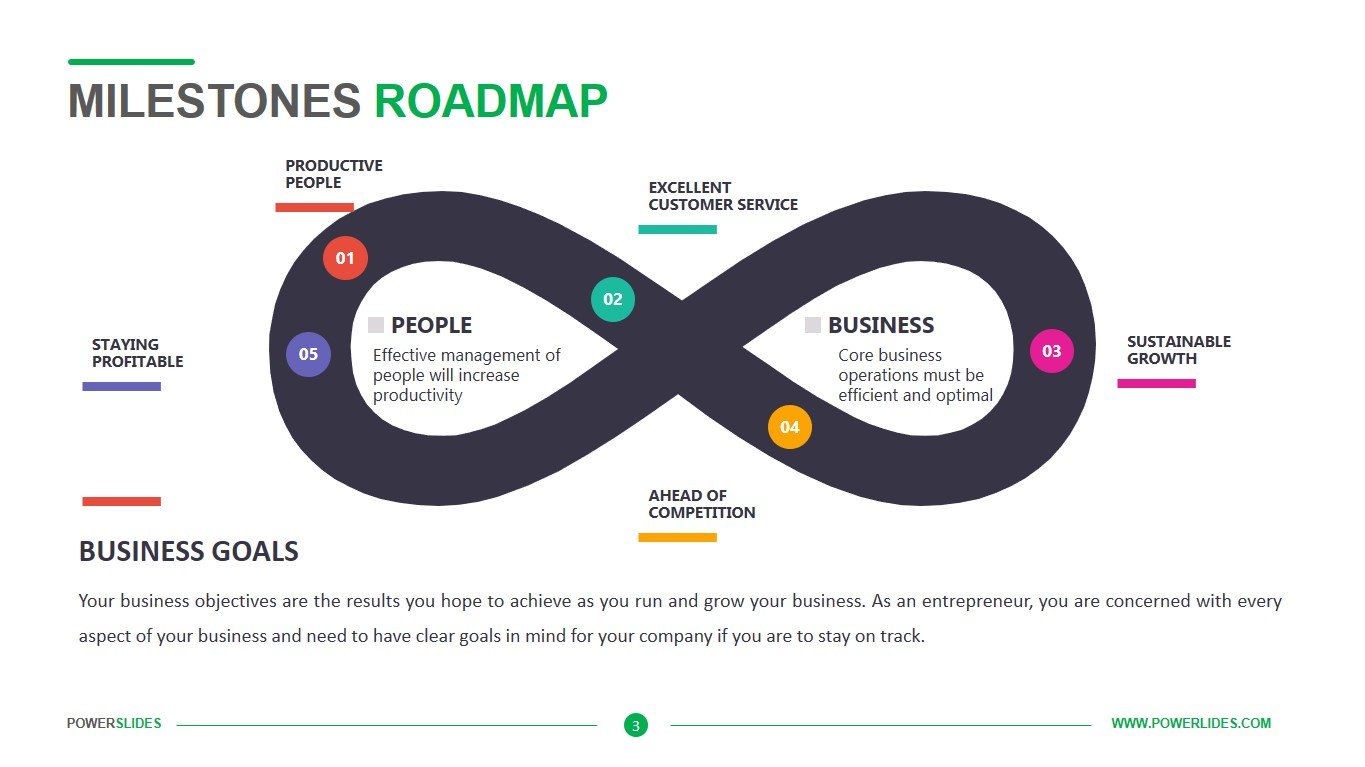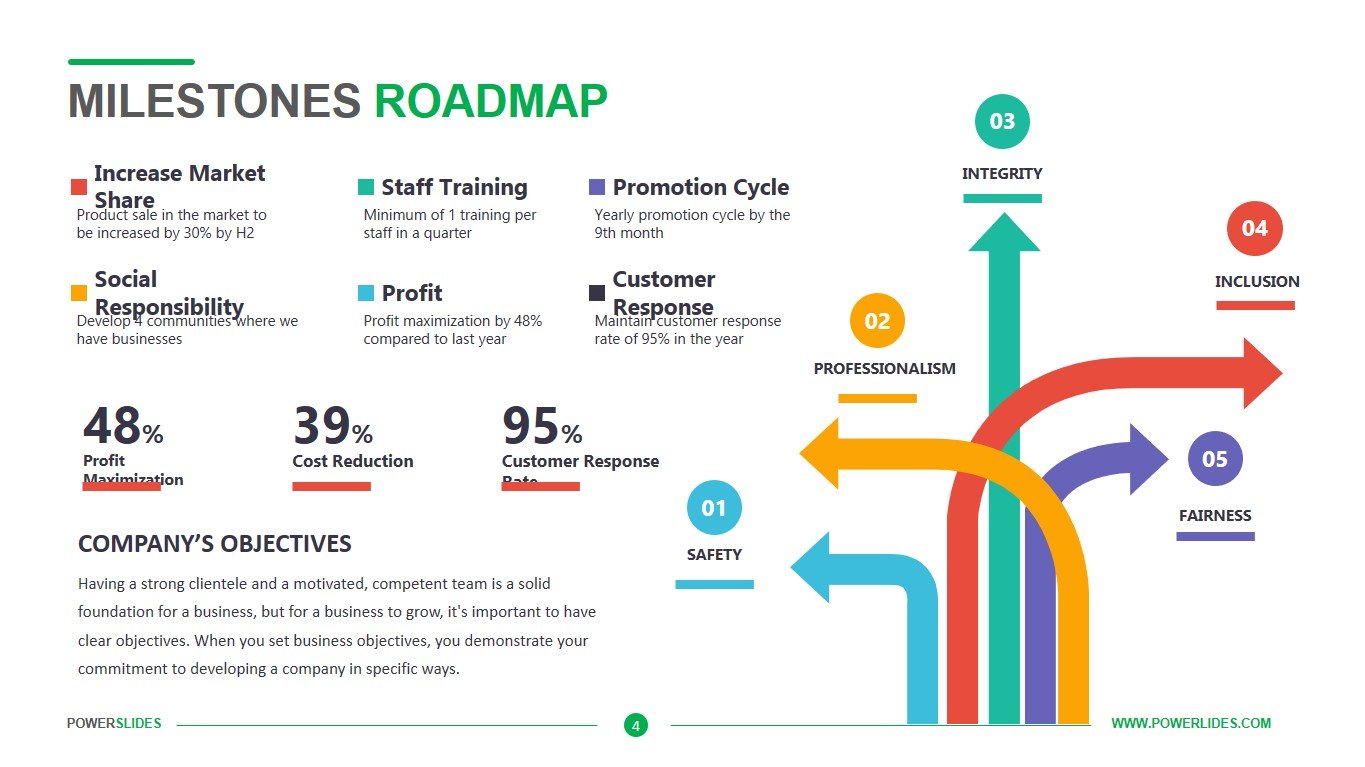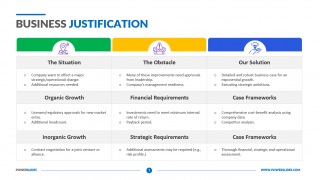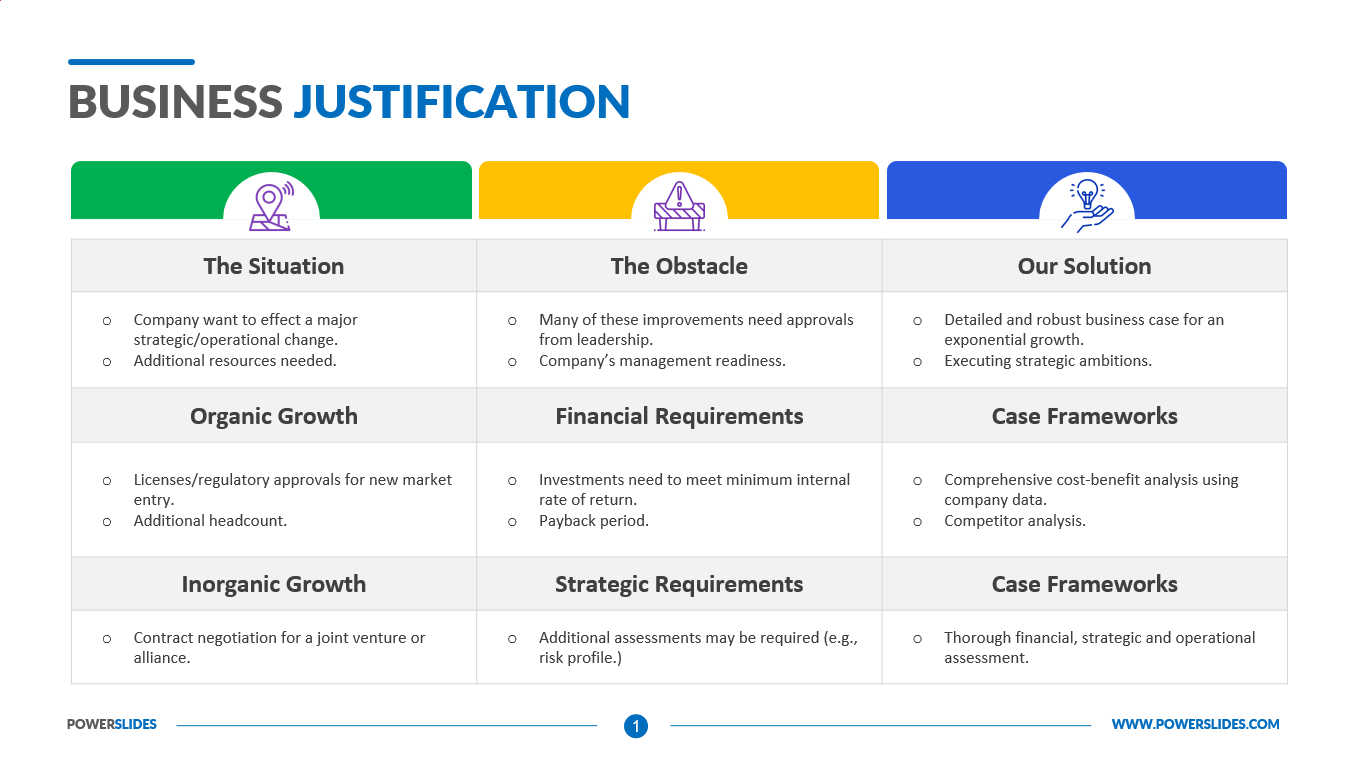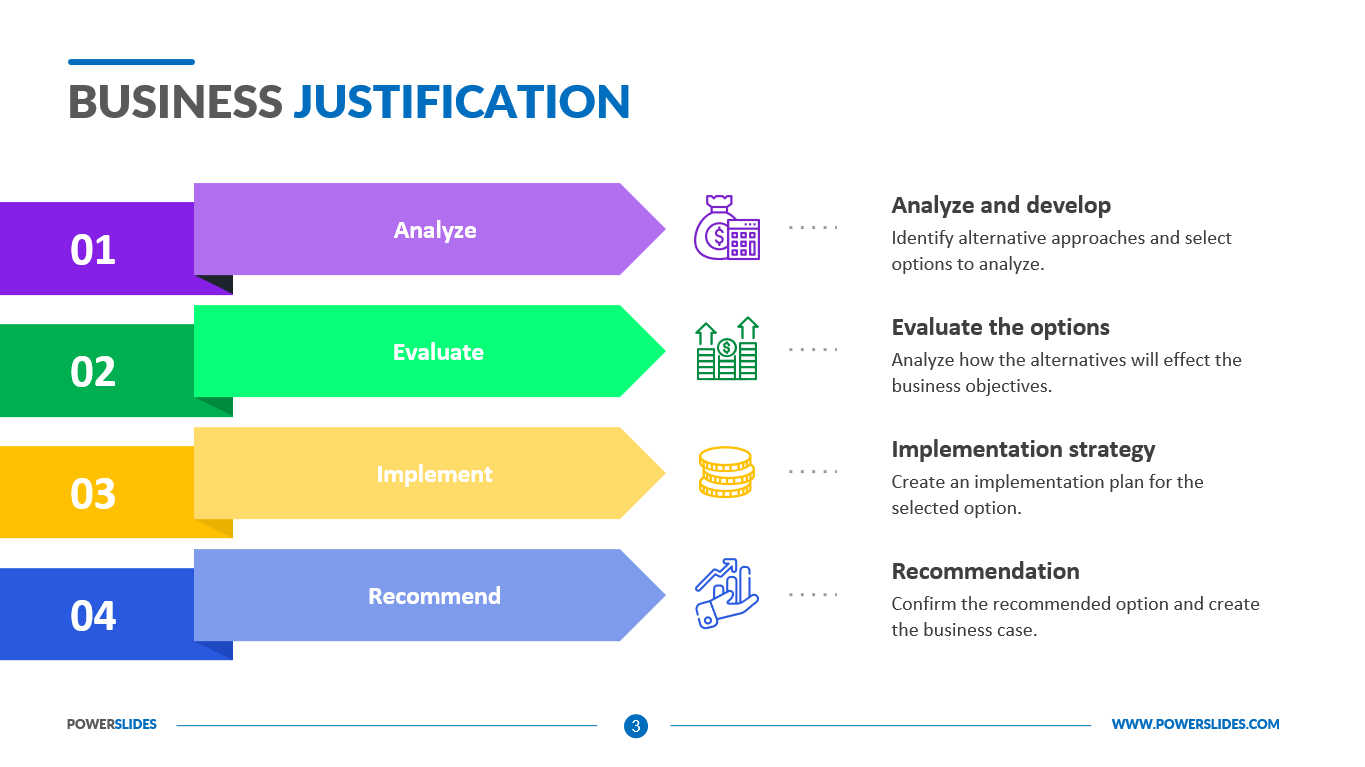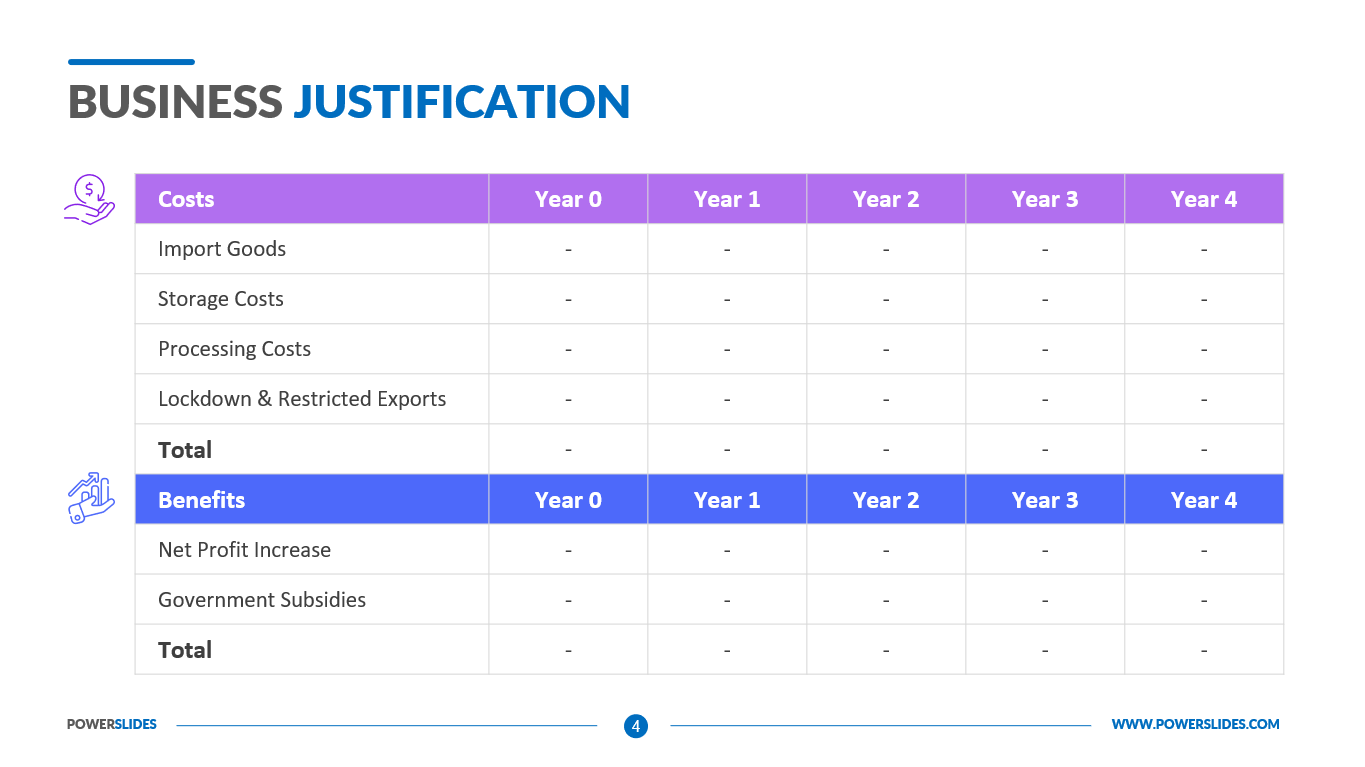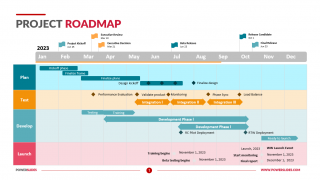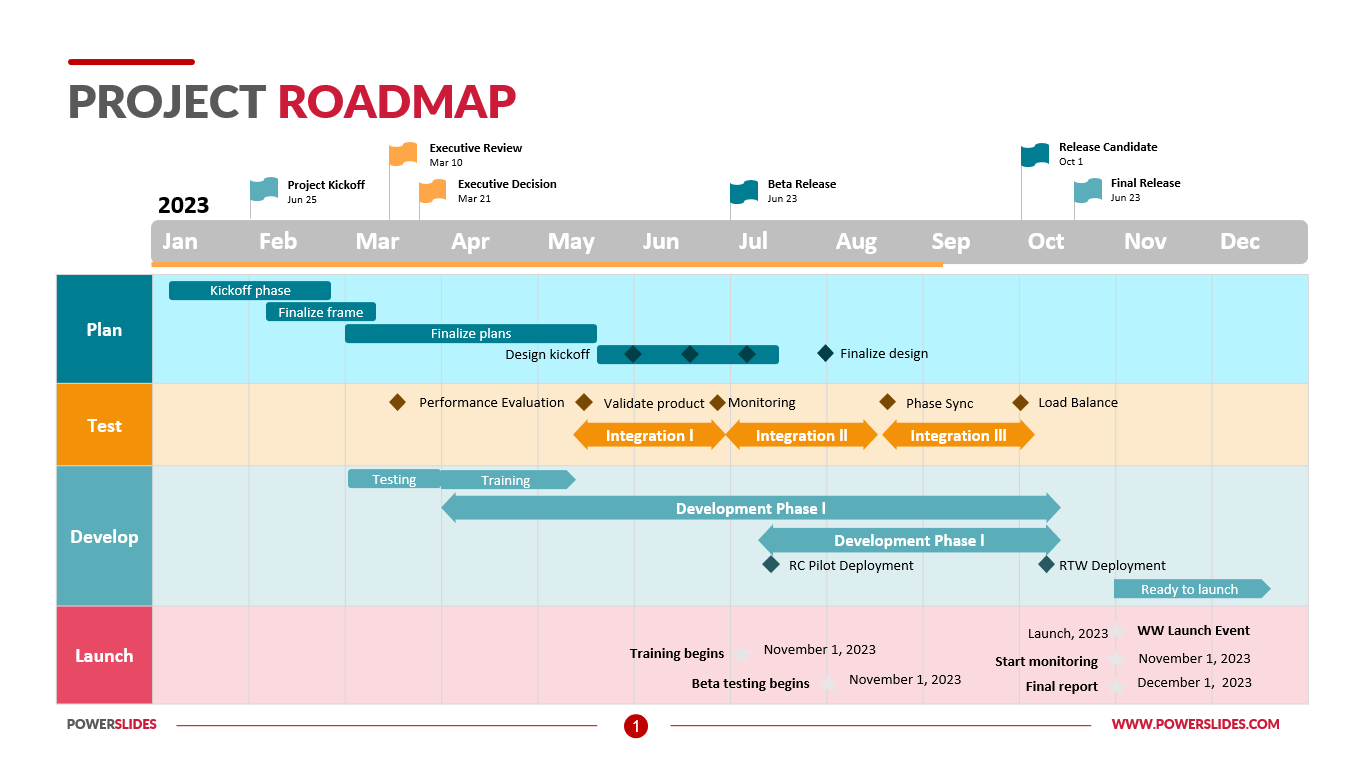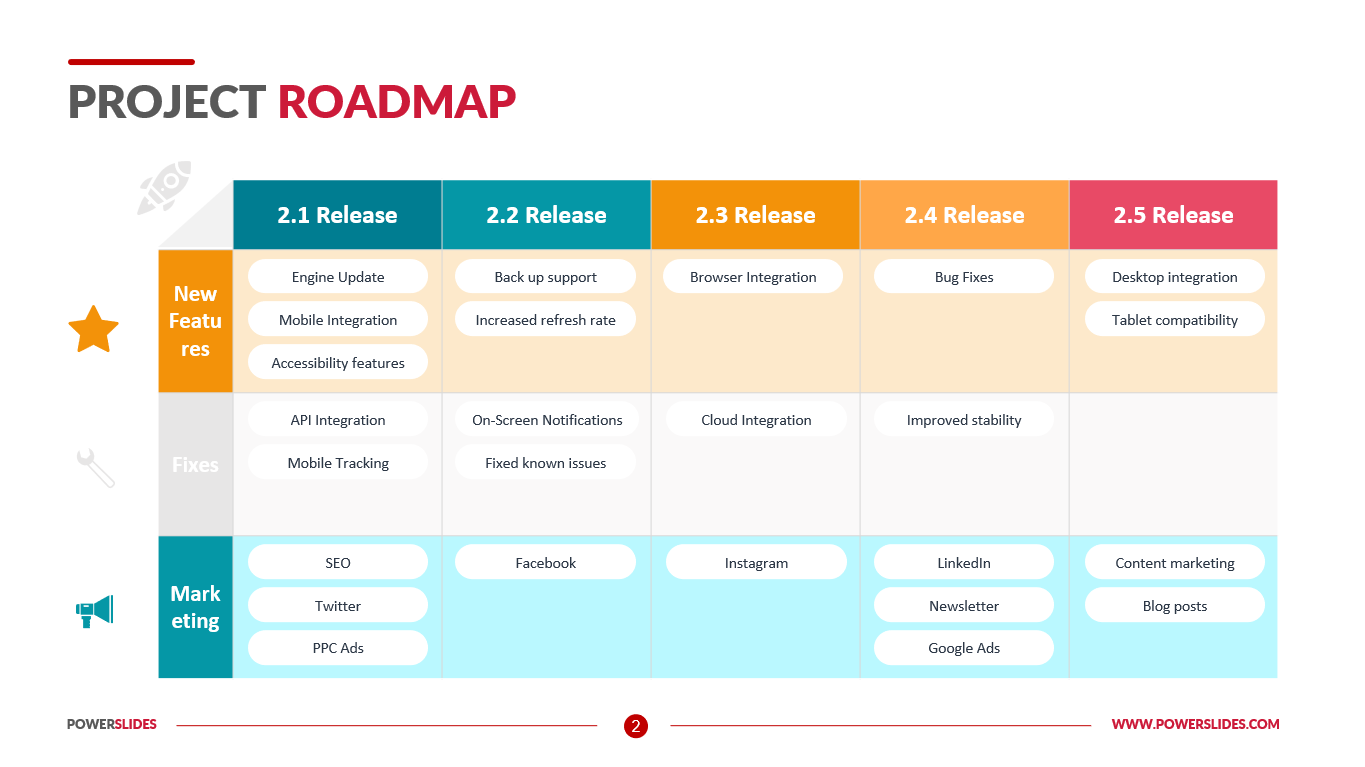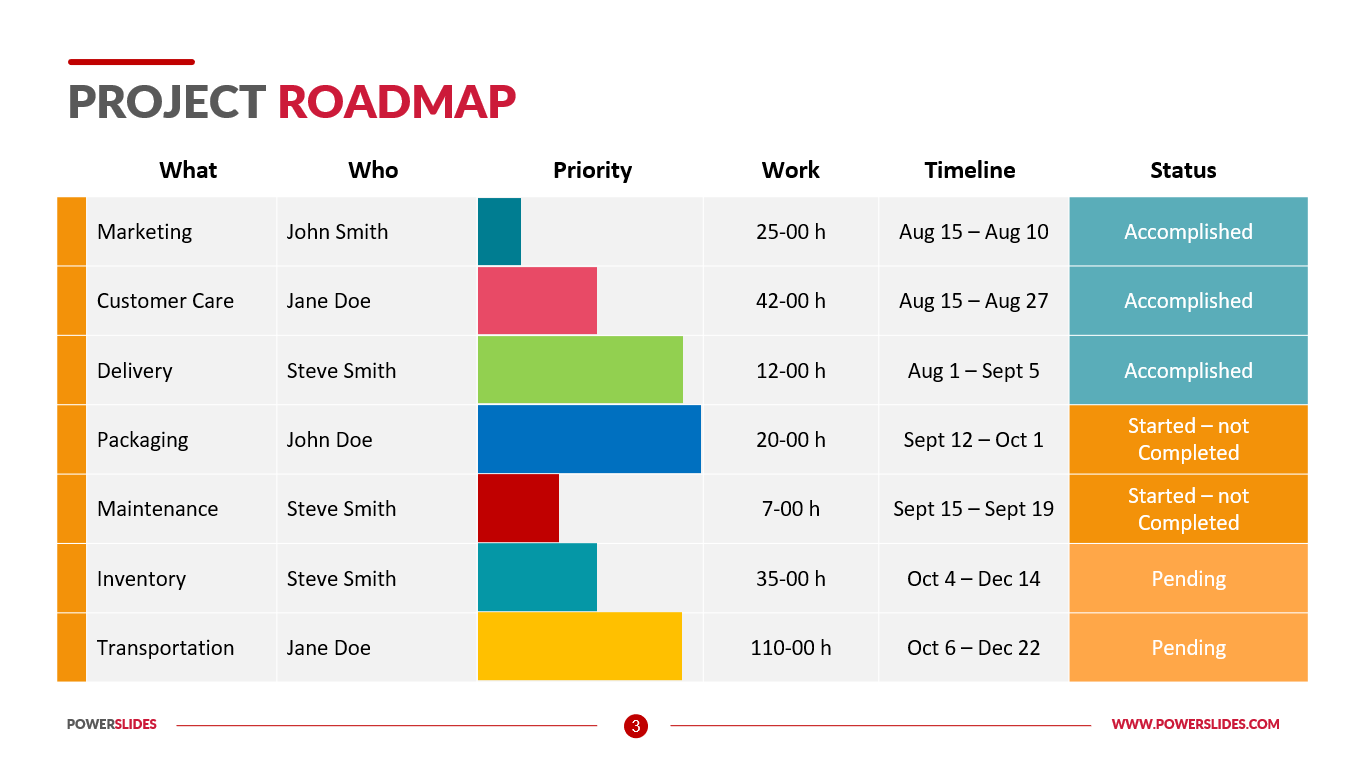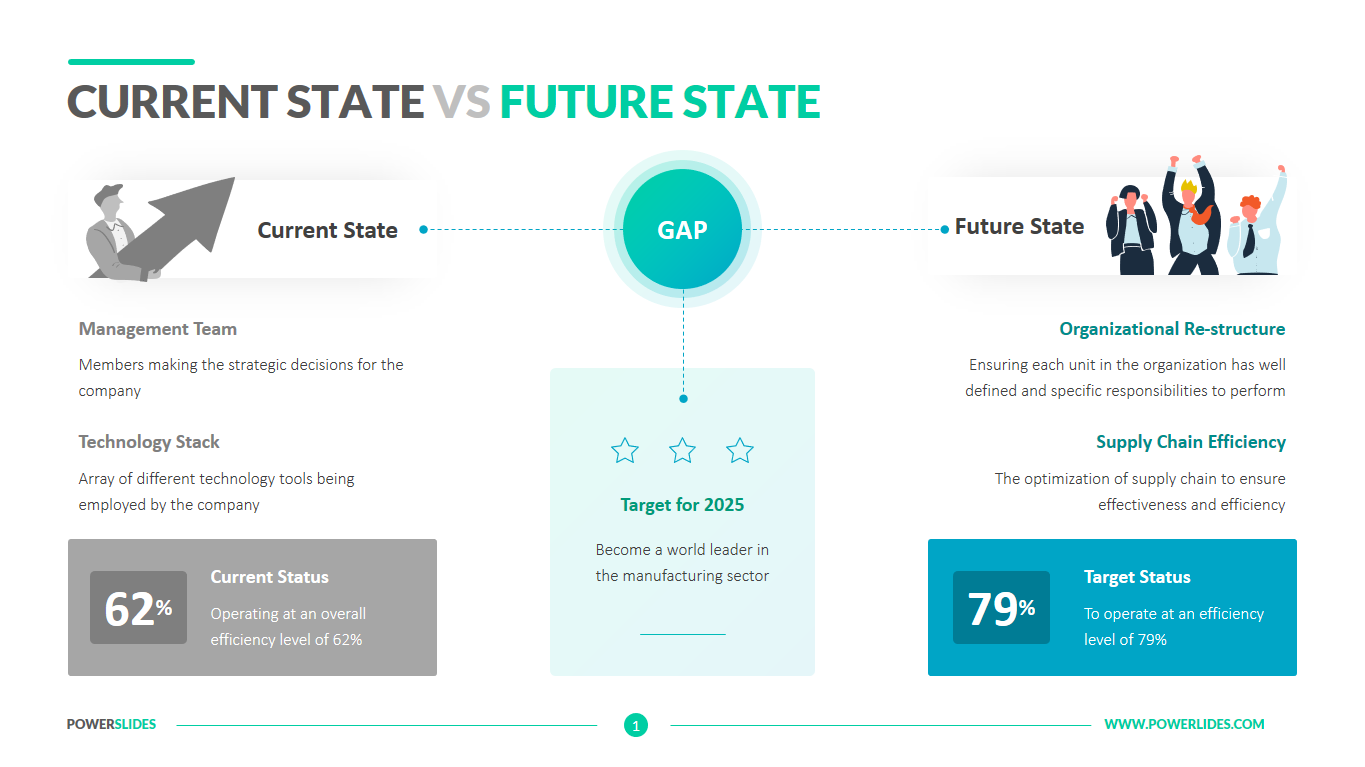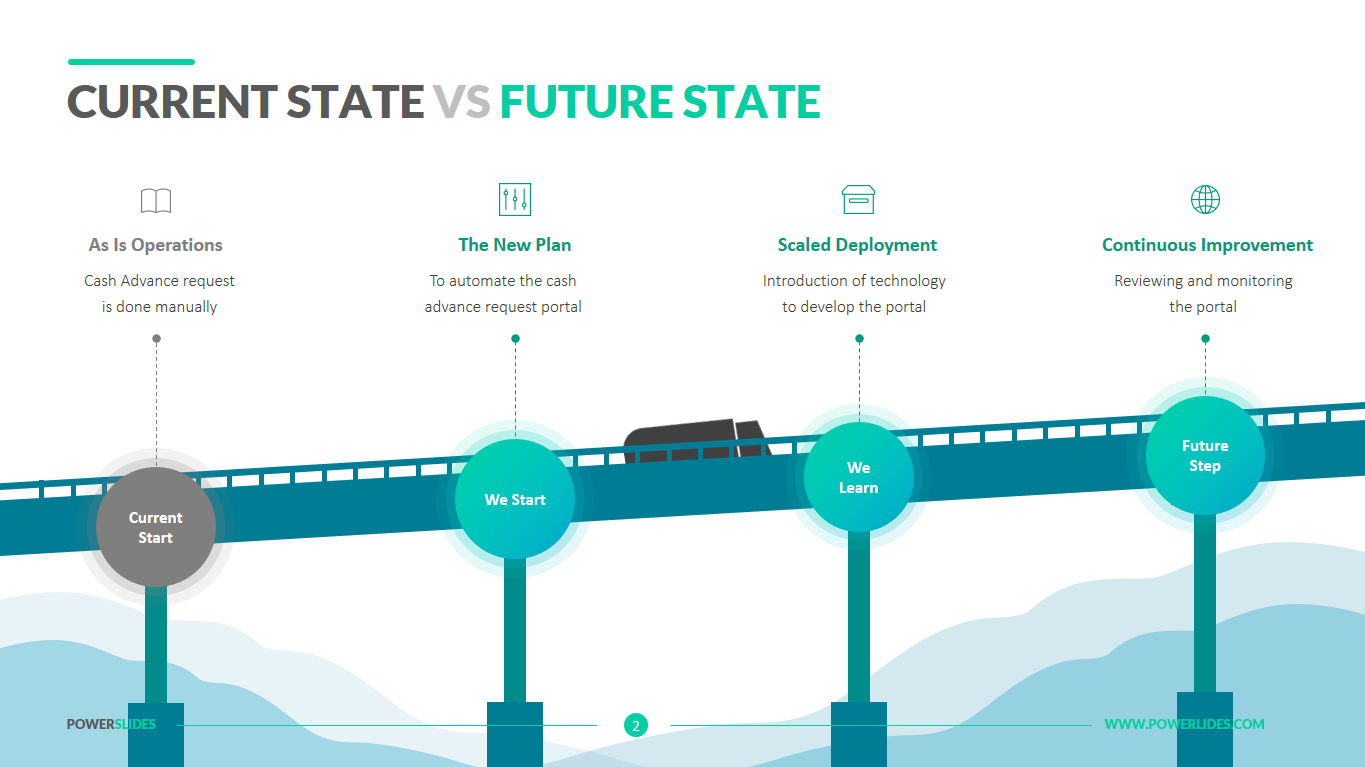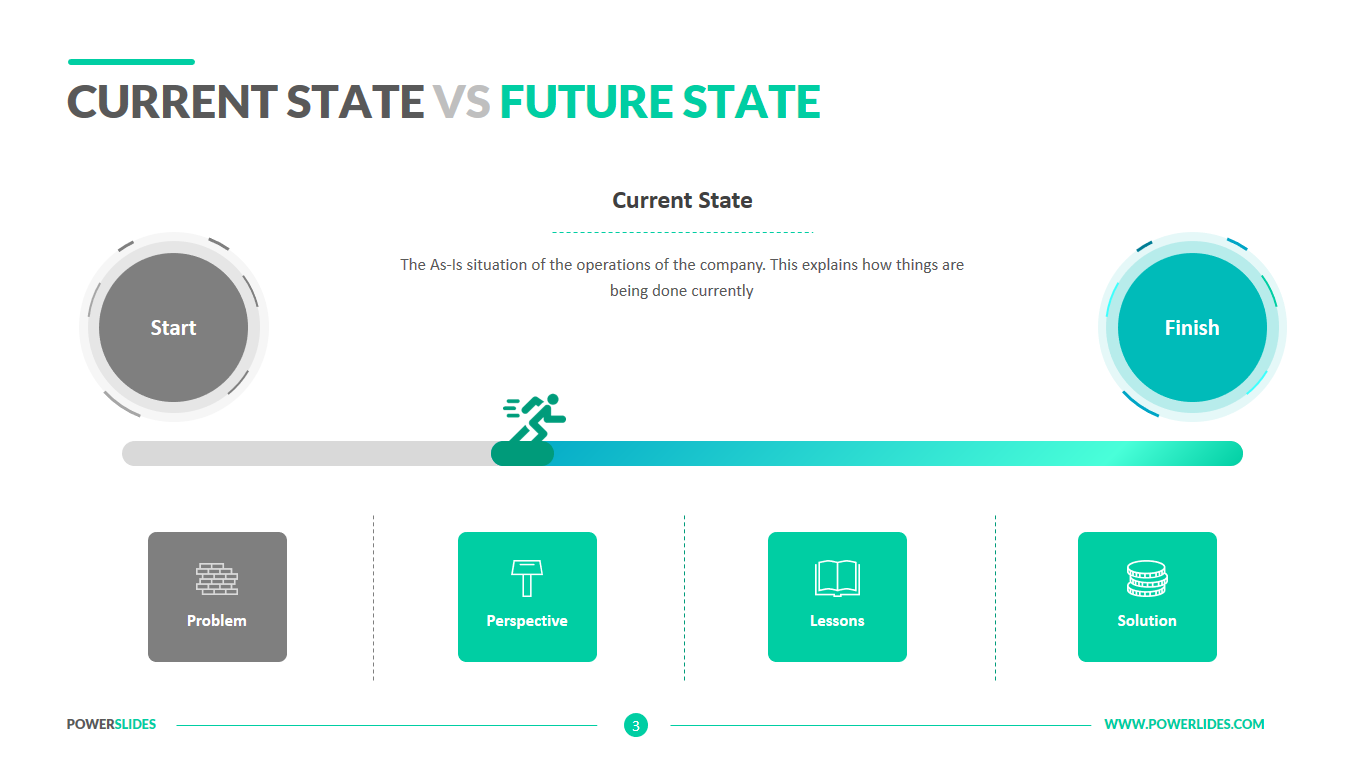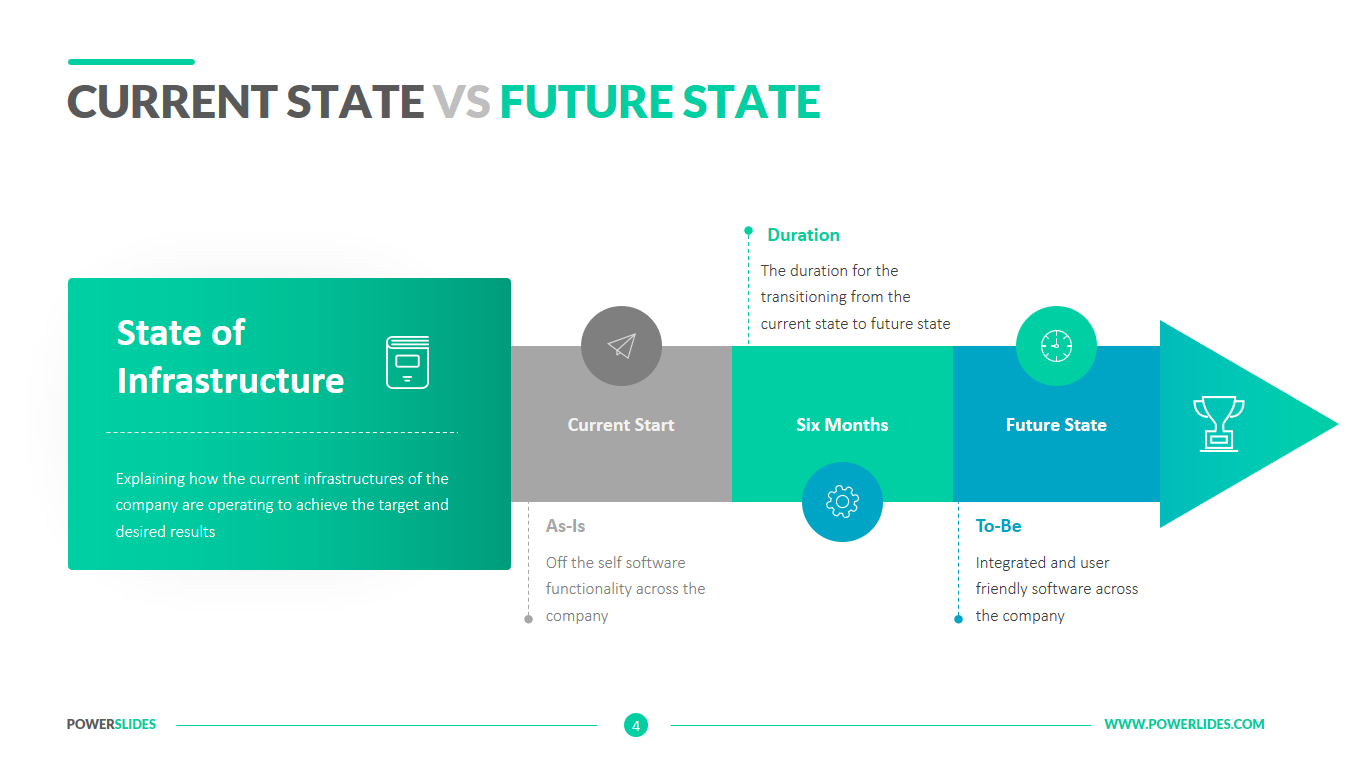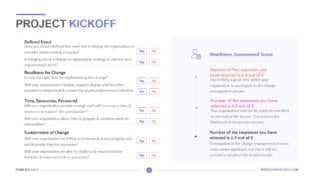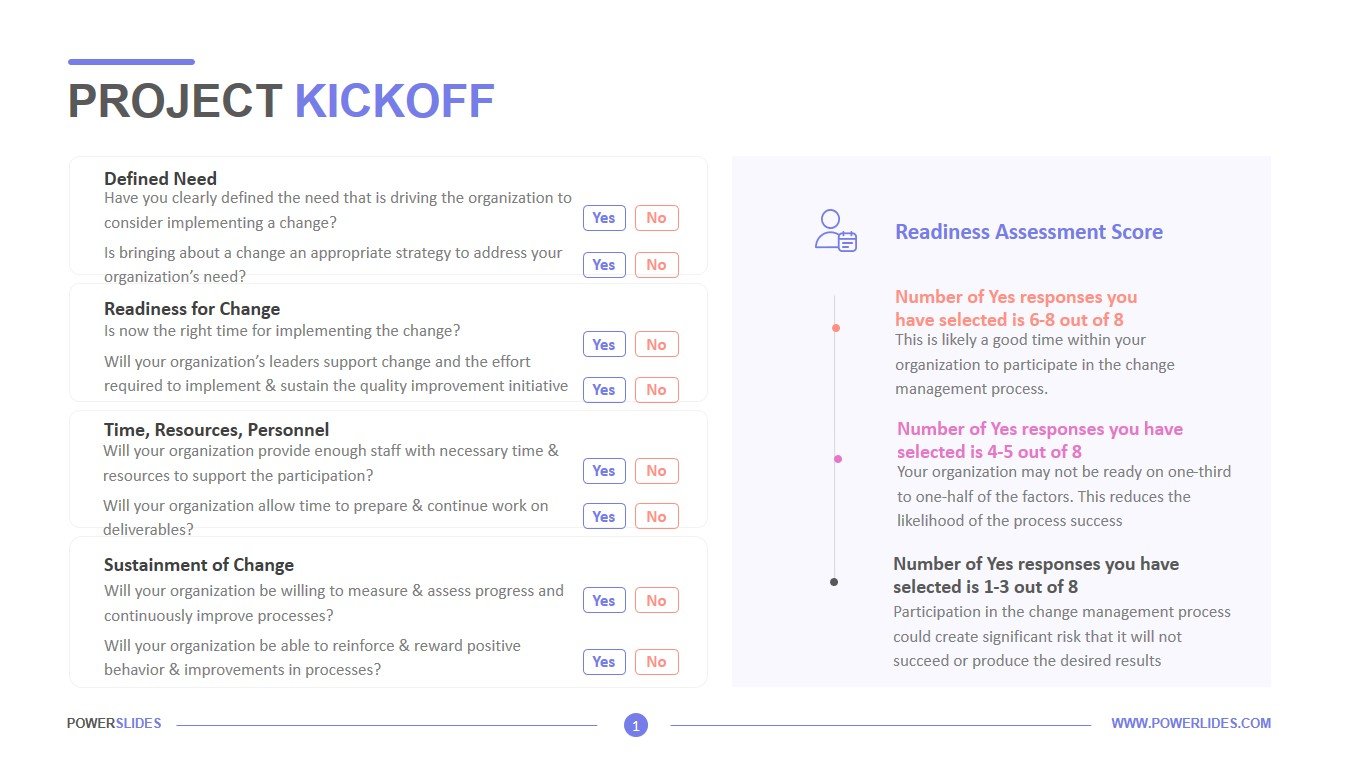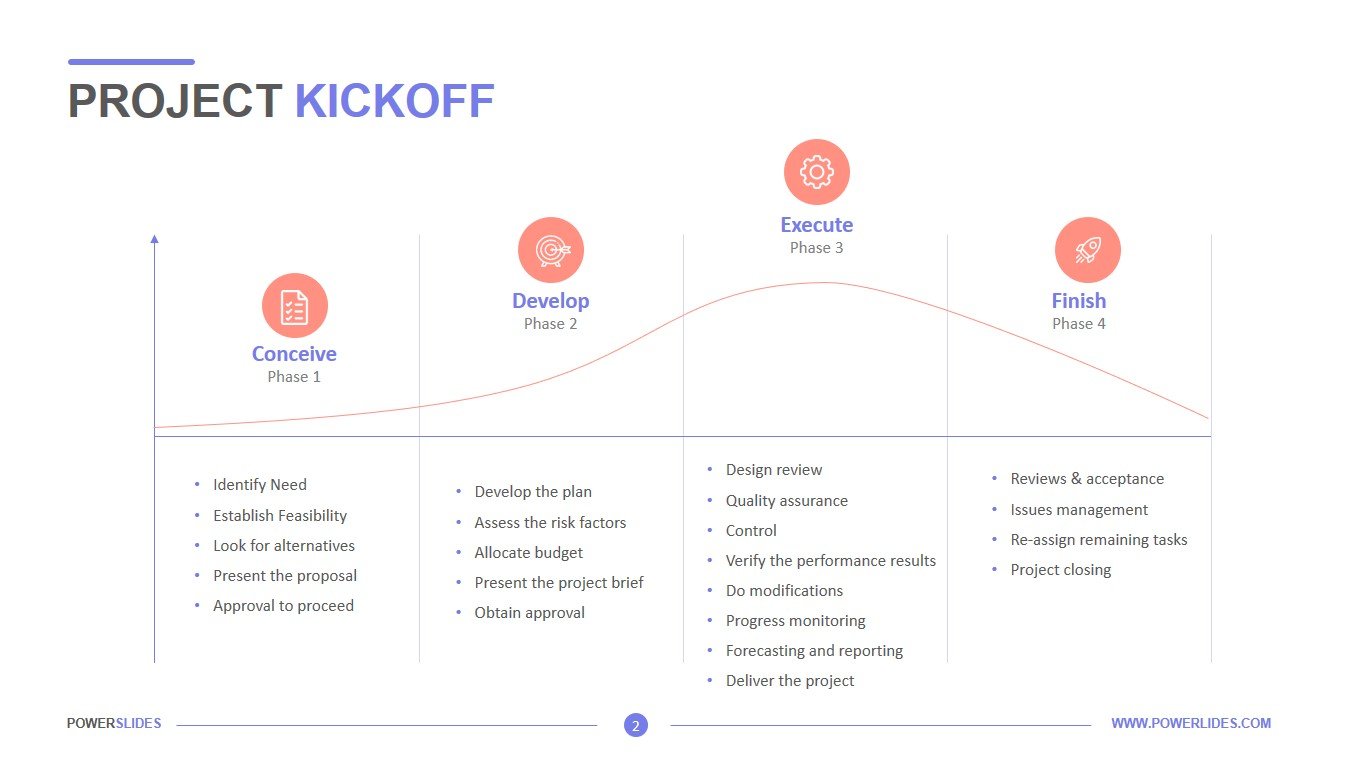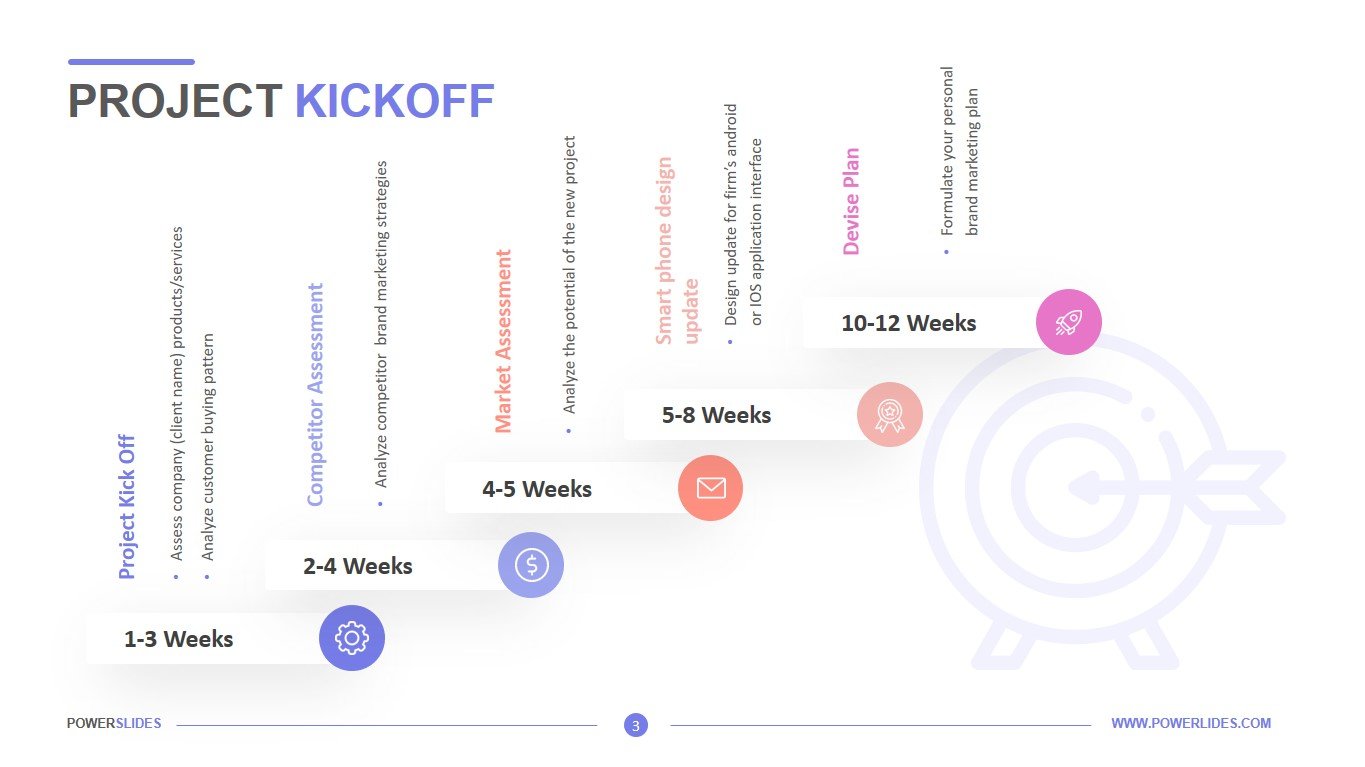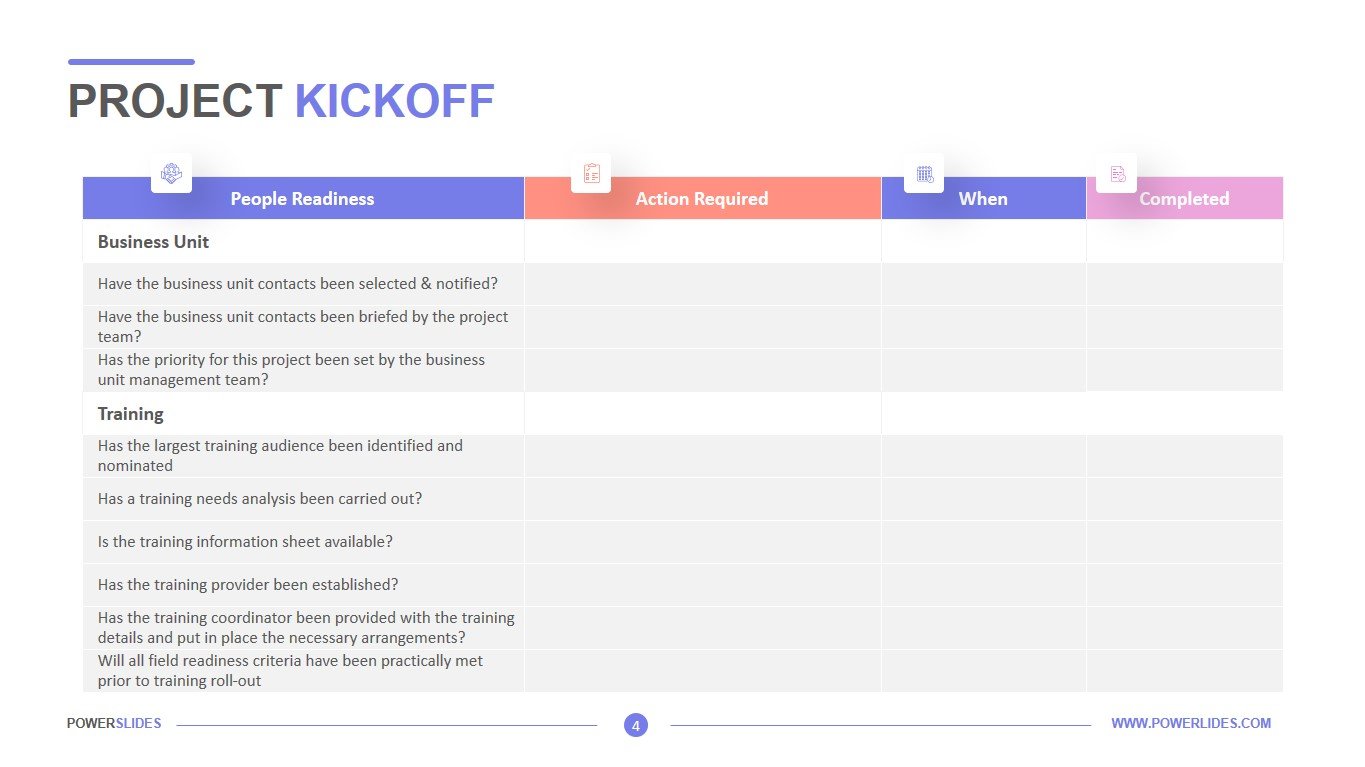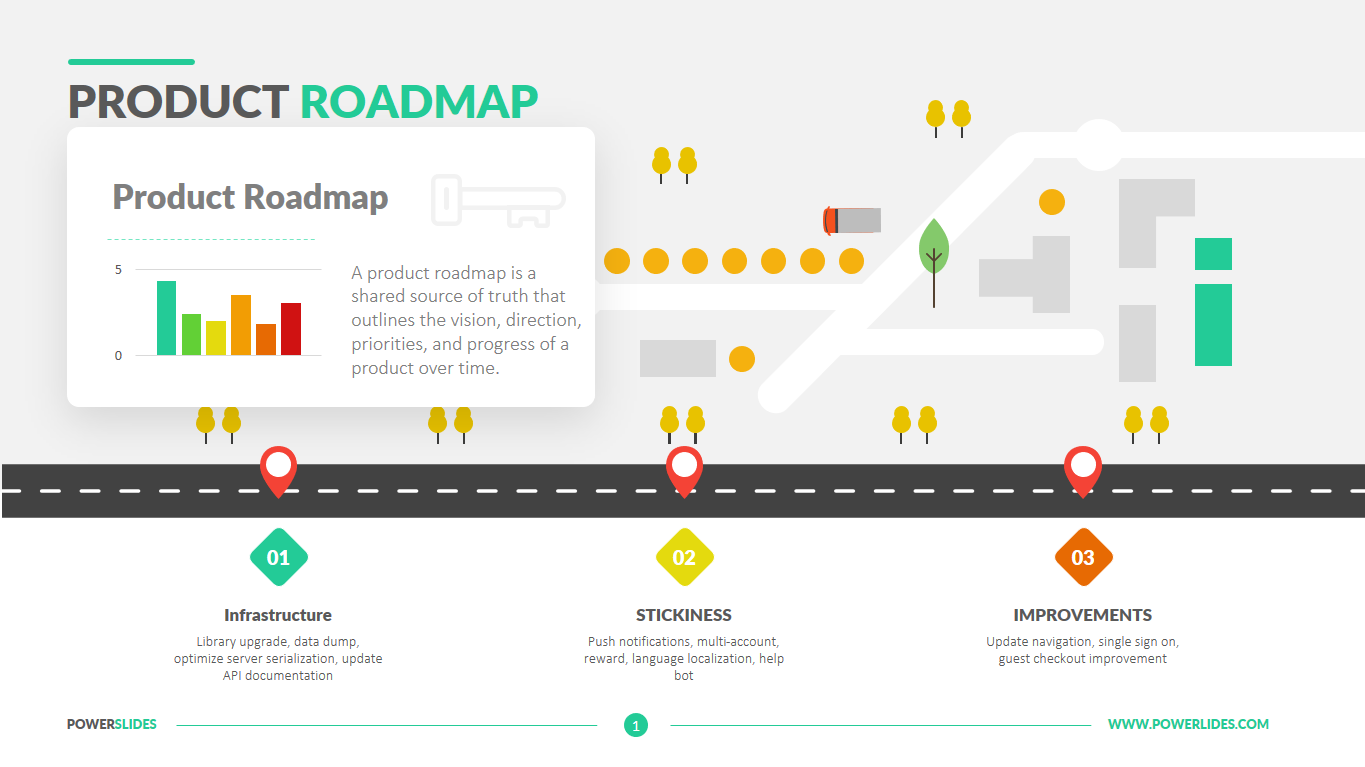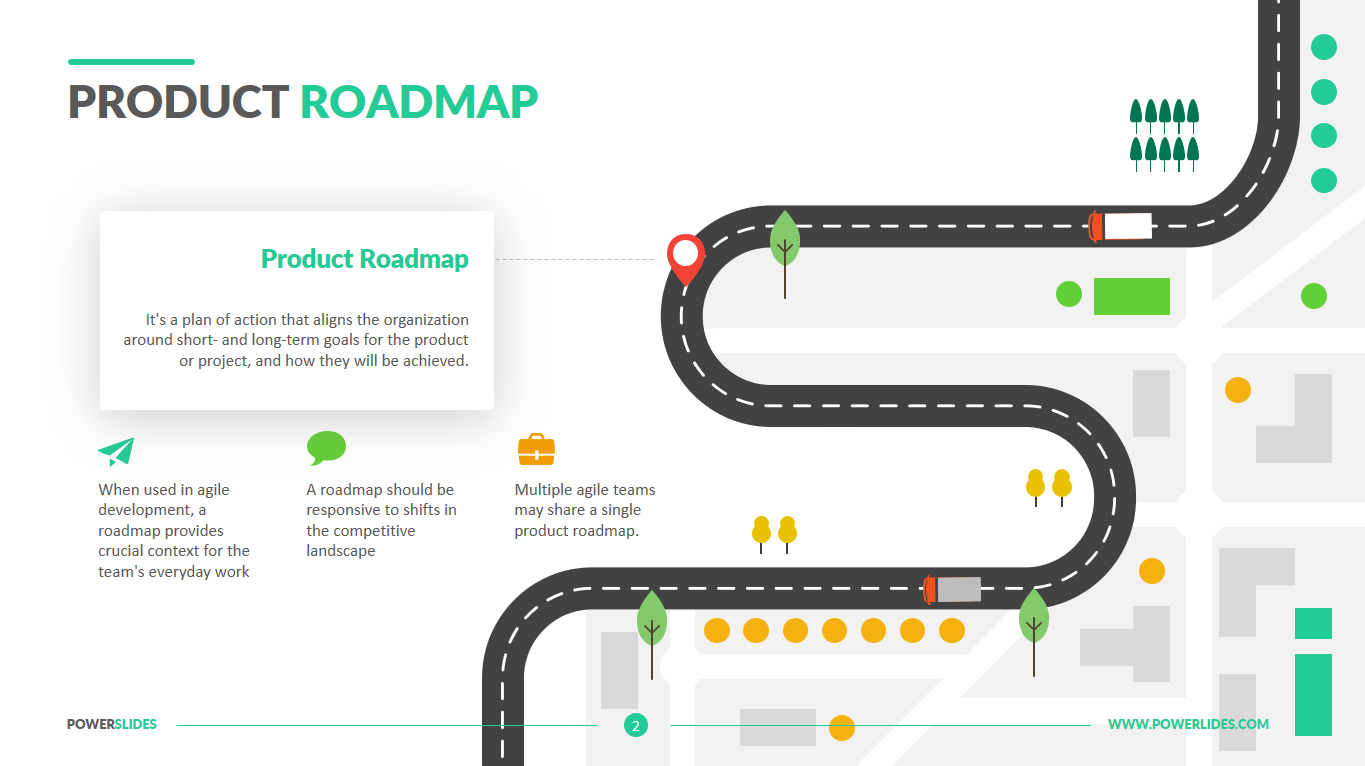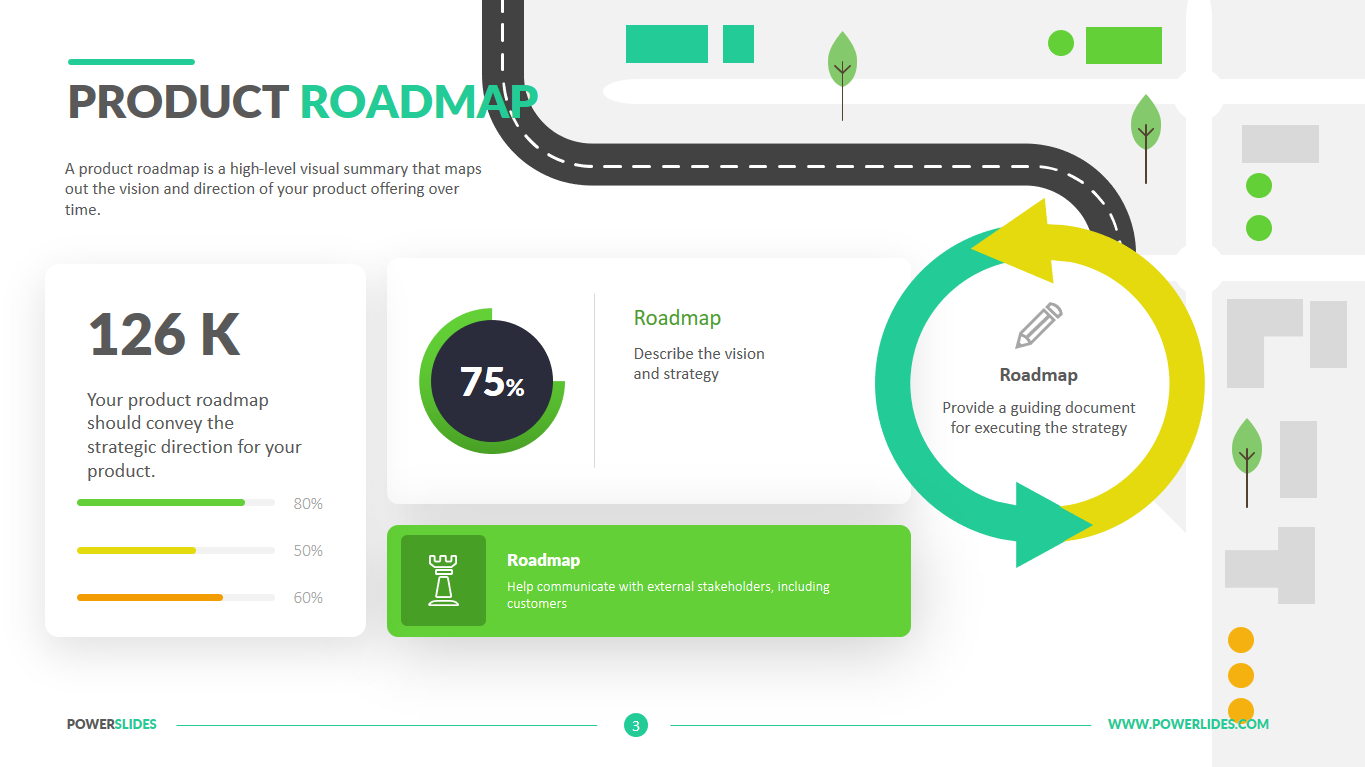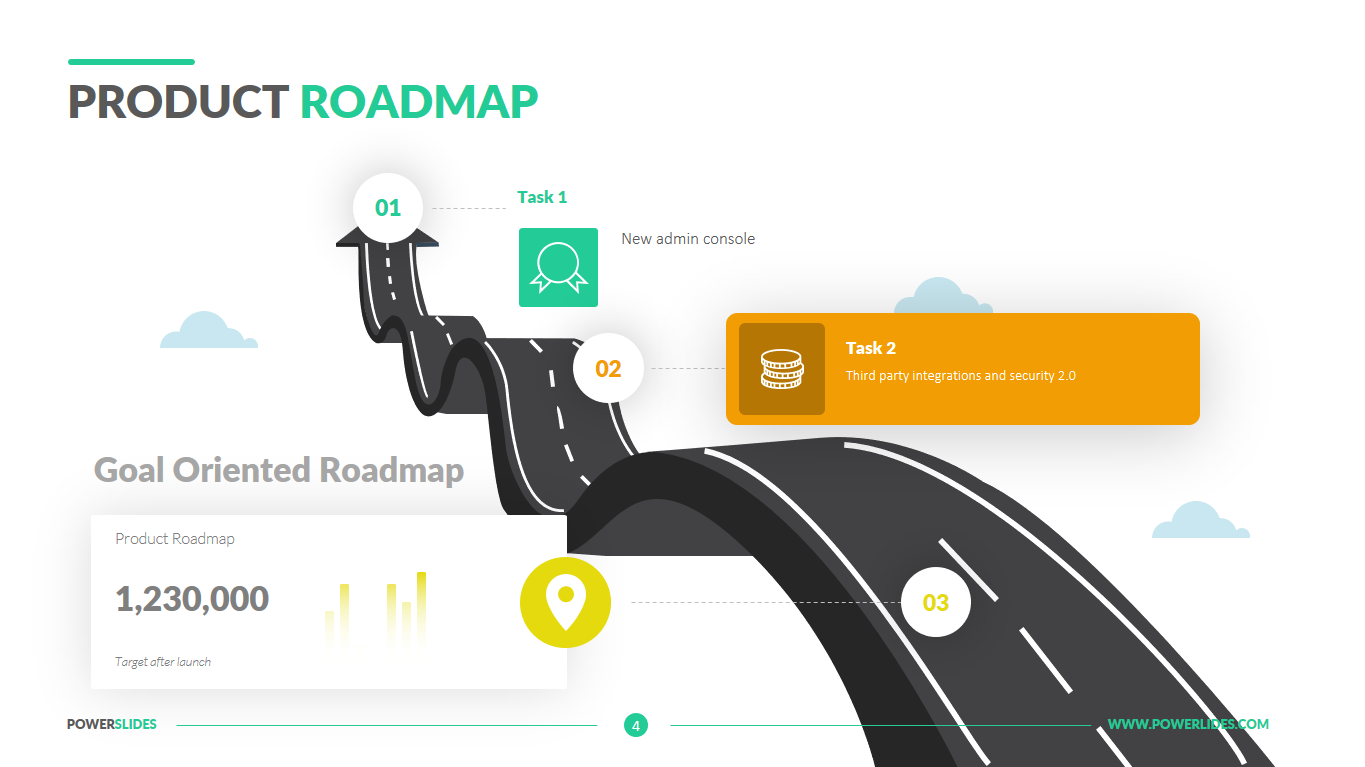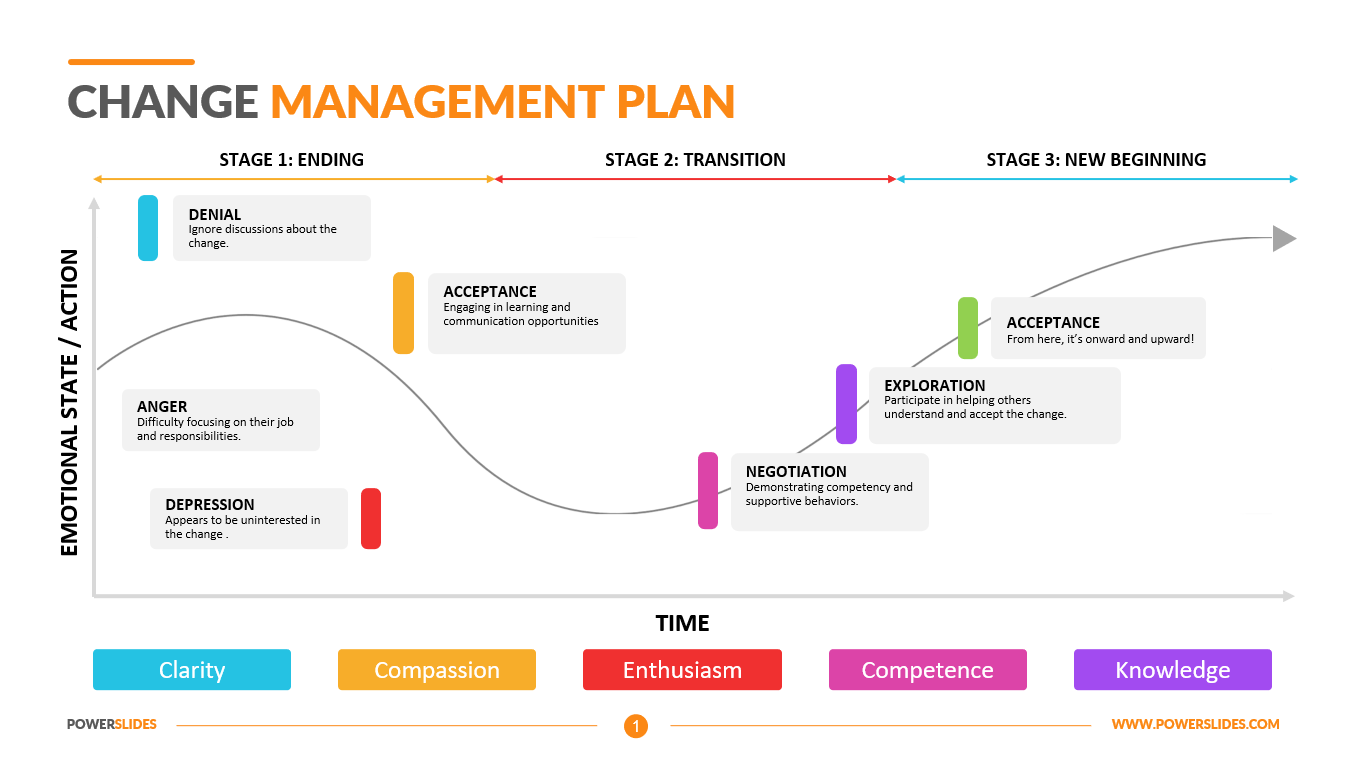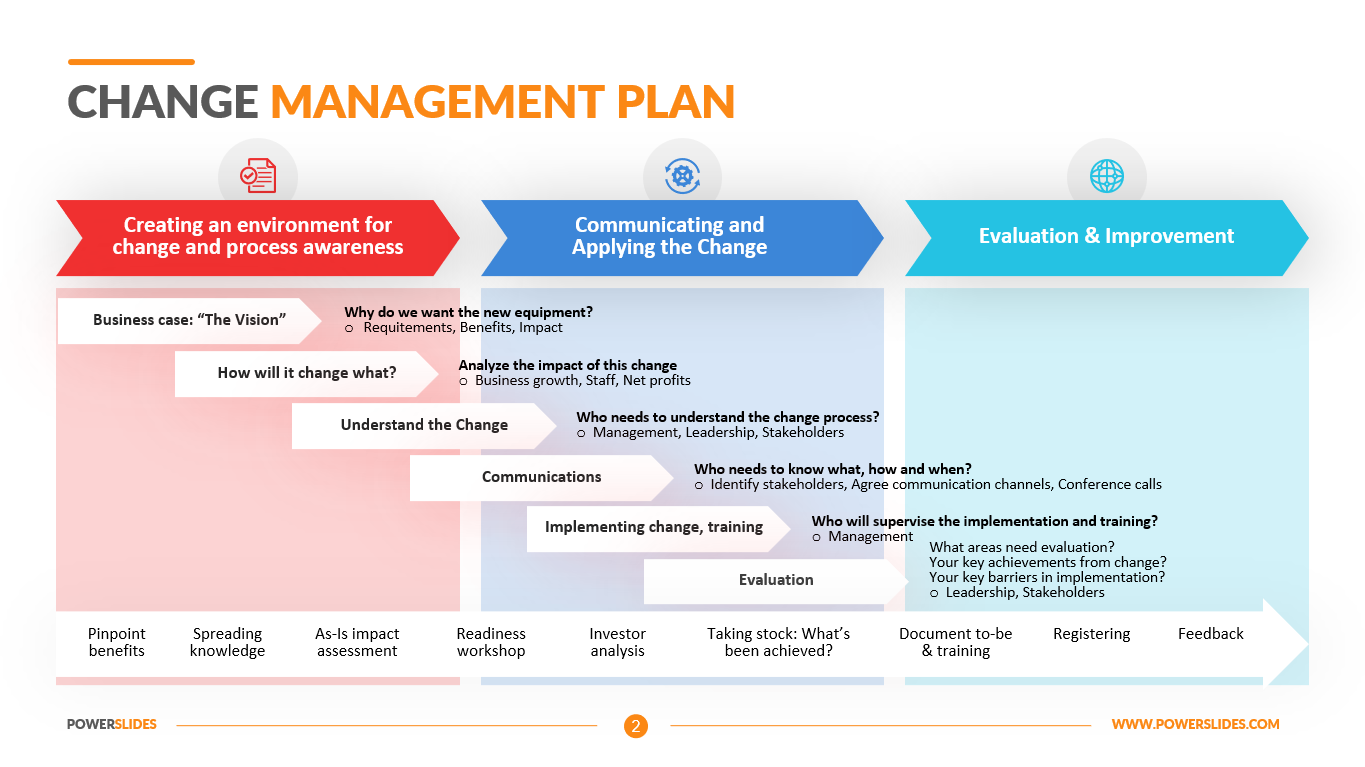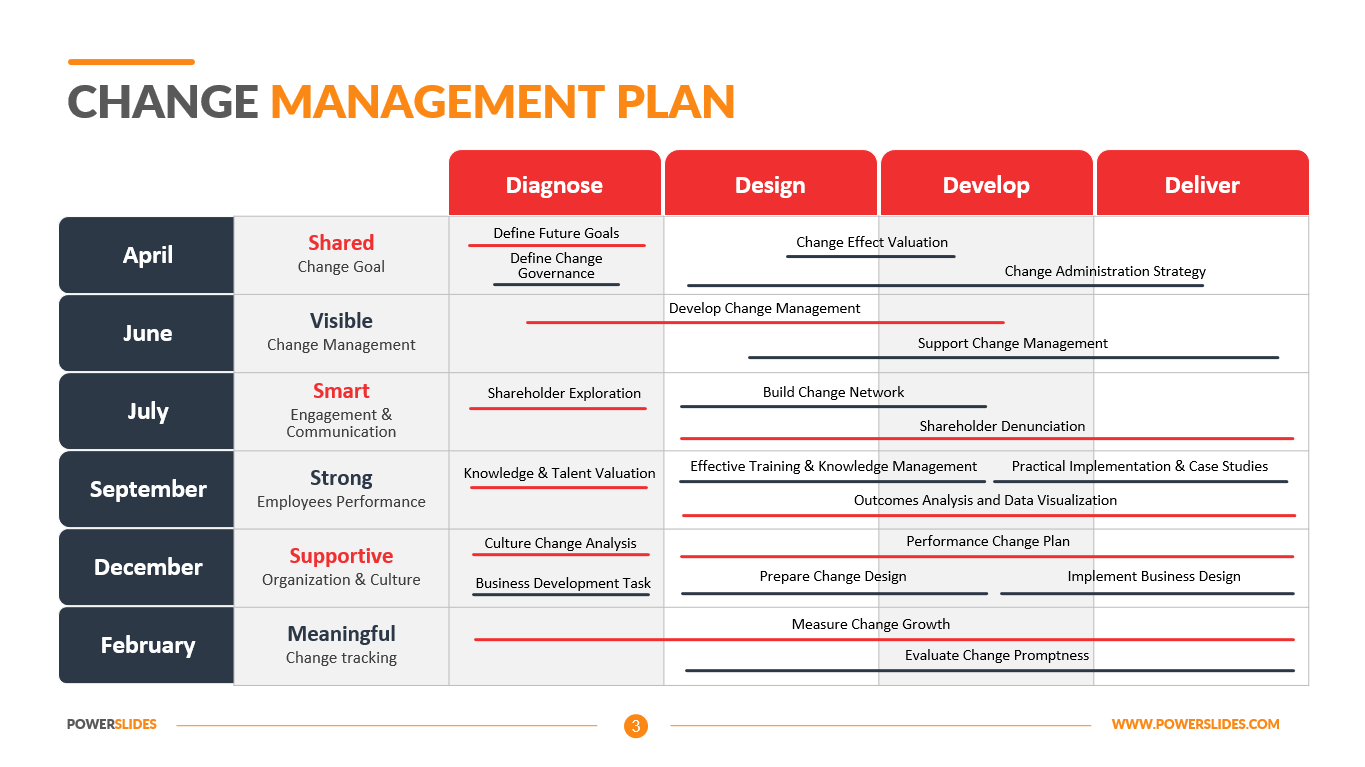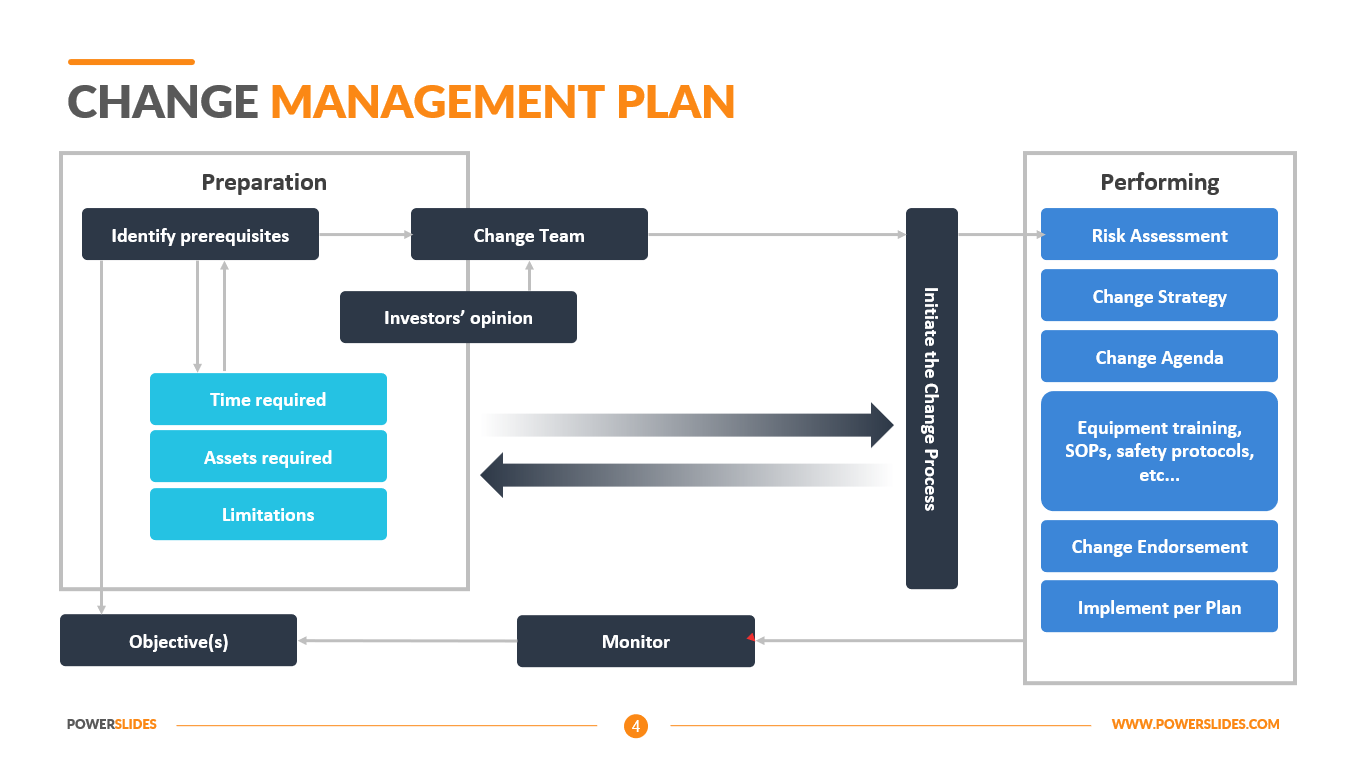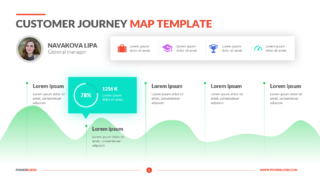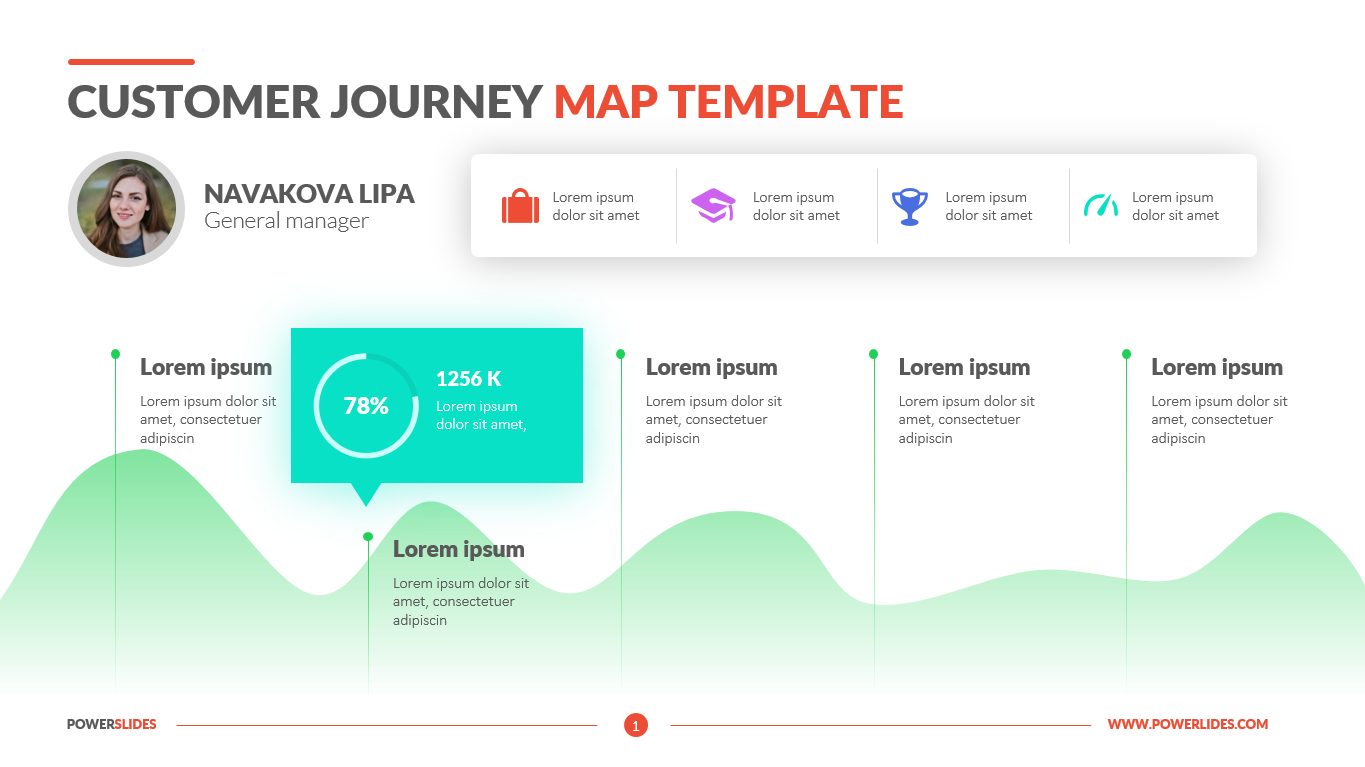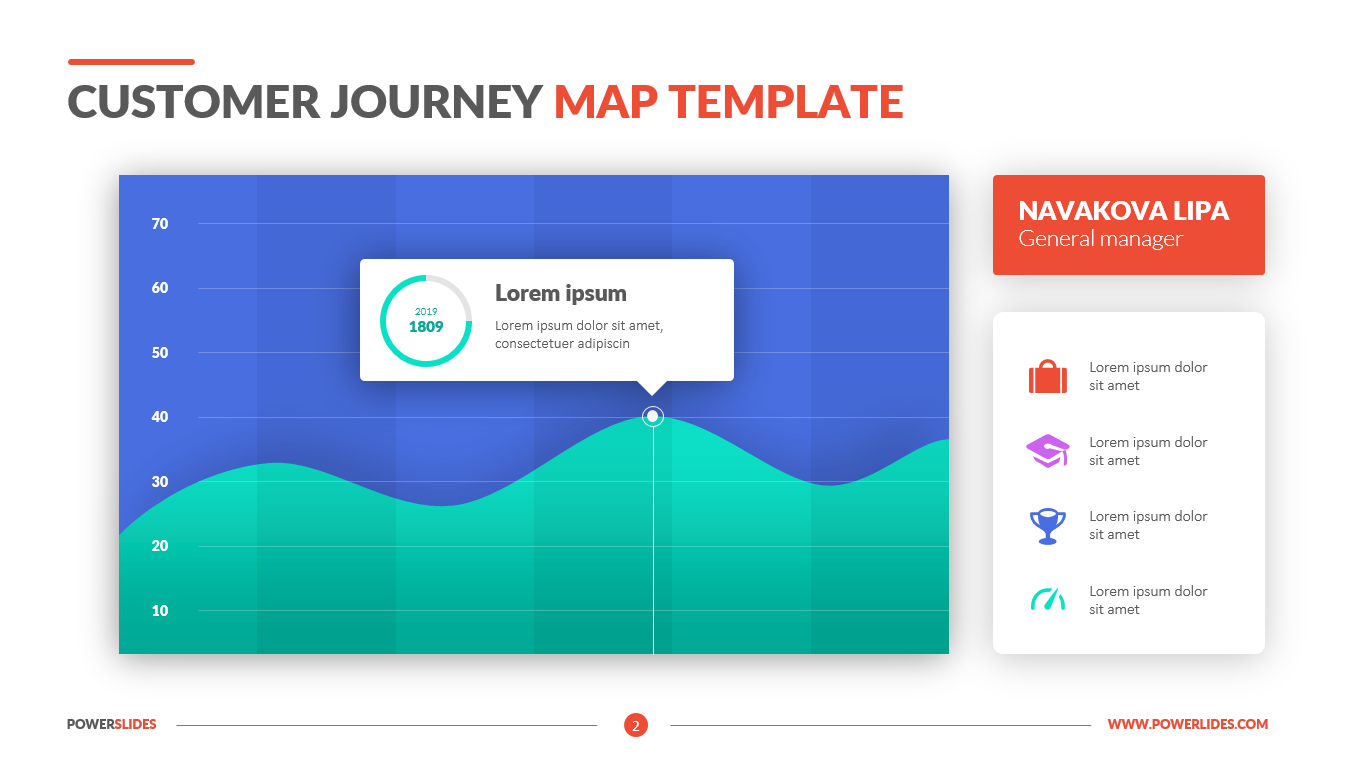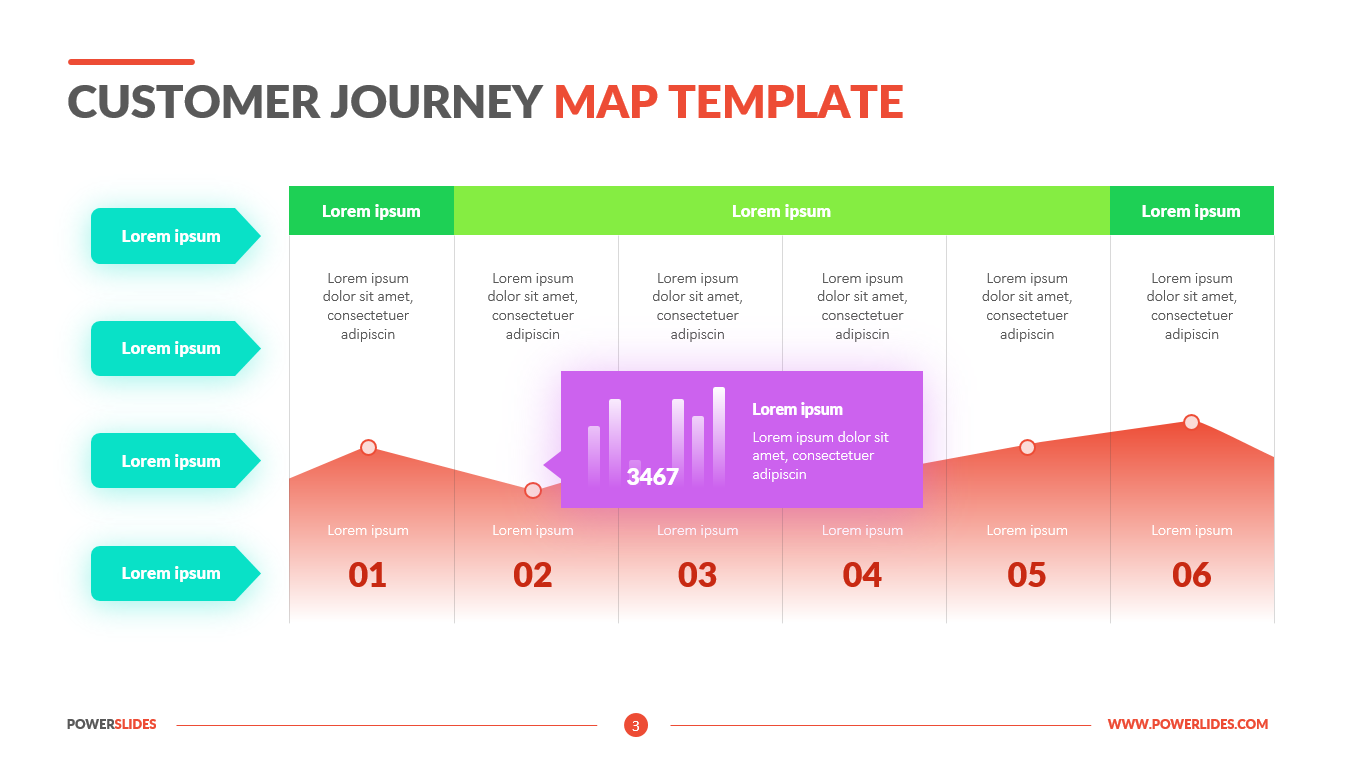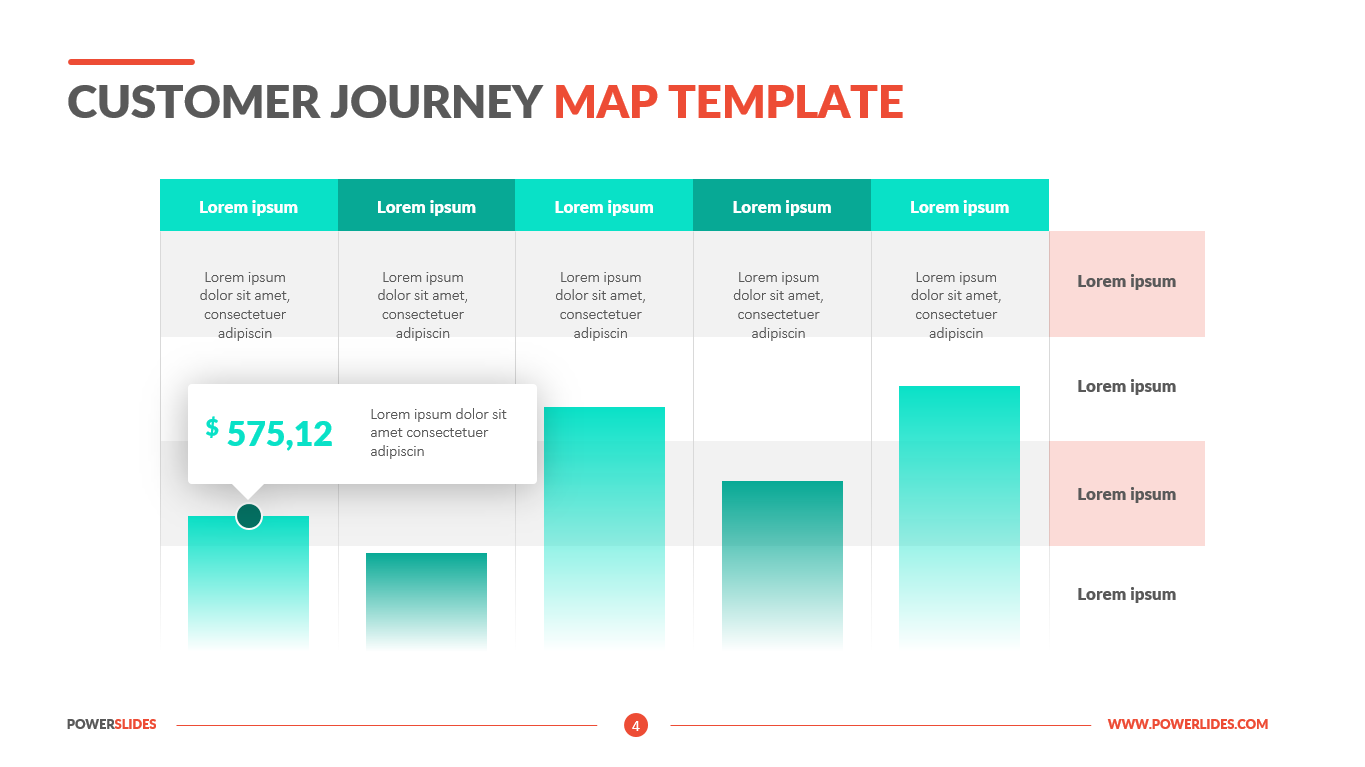Web Development Roadmap
Product details
Despite conventional wisdom, the core part of website development and design is not necessary for the coding process. Indeed, such technologies as HTML, CSS, and JavaScript give the web we know its shape and define the way we interact with the information. But what usually stays behind the scenes and, at the same time, remains the crucial part of the website development life cycle are the stages of preliminary information gathering, detailed planning, and post-launch maintenance.
So, here are seven main steps of web development – Information Gathering, Planning, Design, Content Writing and Assembly, Coding, Testing, Maintenance.
When you think of building a website, your thoughts rotate around two main issues – price and time. These two values depend largely on the size and scope of the project. To outline the whole development process, you can create a website development timeline, adding tasks, and establishing milestones for your project. It is the best way to track your project implementation to make sure you keep up with the deadline.
The stage of discovering and researching, determines how the subsequent steps will look like. The most important task at this point is to get a clear understanding of your future website purposes, the main goals you wish to get, and the target audience you want to attract to your site.
Sitemap and Wireframe Creation – at this stage of the website development cycle, the developer creates the data that allows a customer to judge how the entire site will look like.
During the design phase, your website takes shape. All the visual content, such as images, photos, and videos is created at this step. Content writing and compiling usually overlaps with other stages of website creation, and its role can’t be underestimated.
Coding – at this step, you can finally start creating the website itself. Graphic elements that have been designed during the previous stages should be used to create an actual website. Testing is probably the most routine part of a process. Every single link should be tested to make sure that there are no broken ones among them.
This template will primarily be useful for website developers. You can present a detailed website development roadmap to a client using the slides of this template. This template can also be used by team leaders in preparation for the weekly sprints with software developers.
University professors can use the slides in this template to prepare courses on website creation and project management. Also, this template will be useful when preparing training materials for web developers.
Web Development Roadmap Template is a stylish and professional template that contains four slides. All slides in the template can be easily customized to suit your corporate color requirements. Web Development Roadmap The template will be useful for doctors and medical professionals, teachers of medical universities. This template’s slides will be a great addition to your professional presentation collection.




 5 Slides
5 Slides
 File size: 1.98 MB
File size: 1.98 MB 
 Fonts: Lato Black, Calibri
Fonts: Lato Black, Calibri  Supported version
Supported version 

